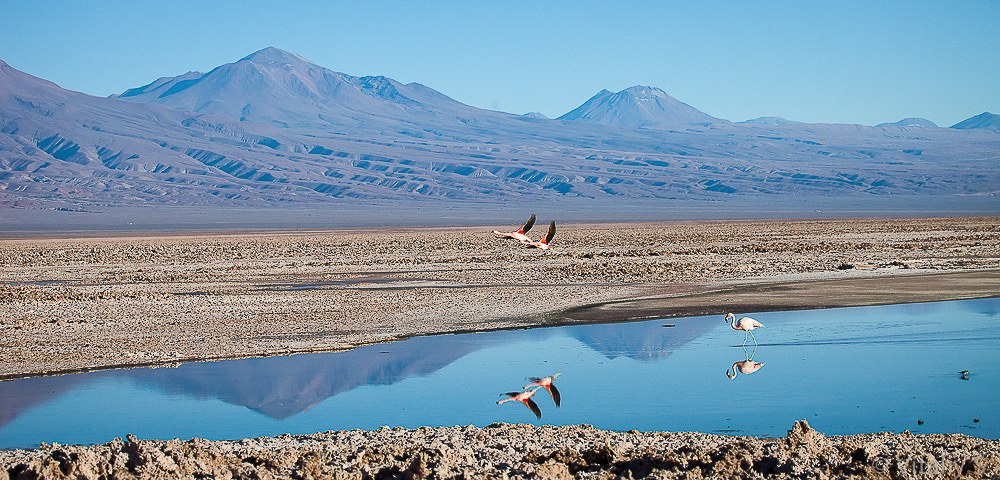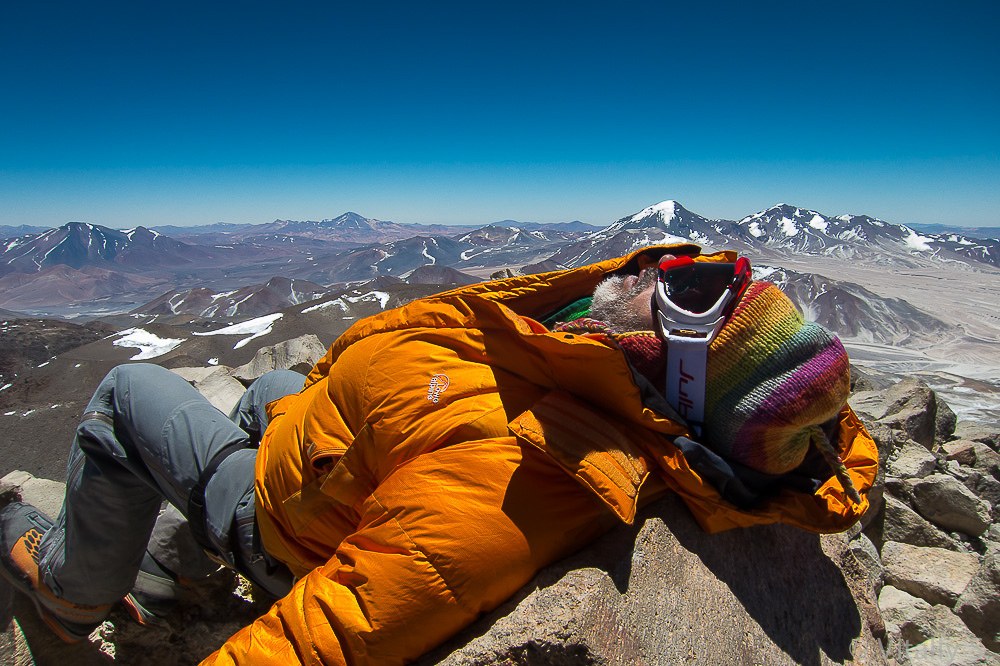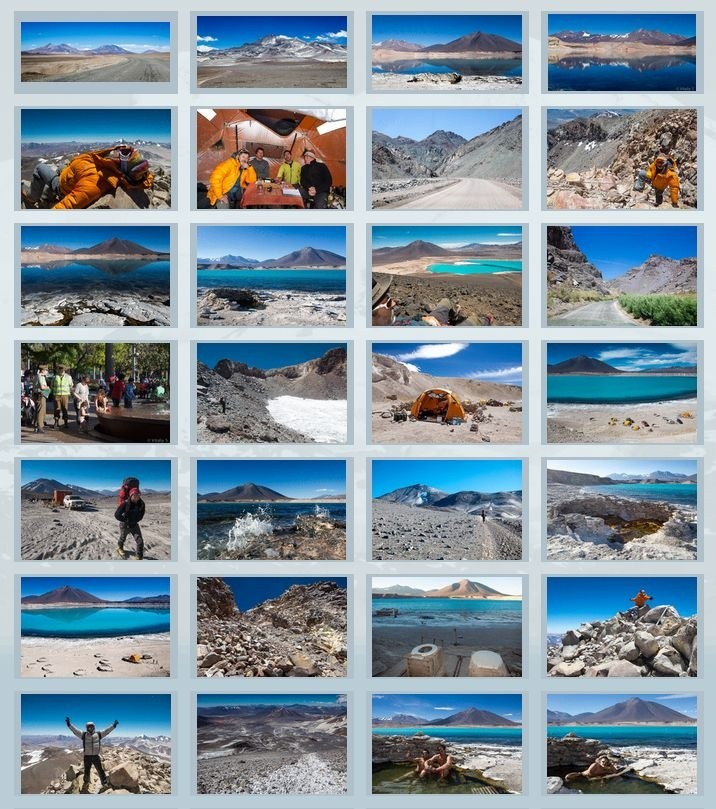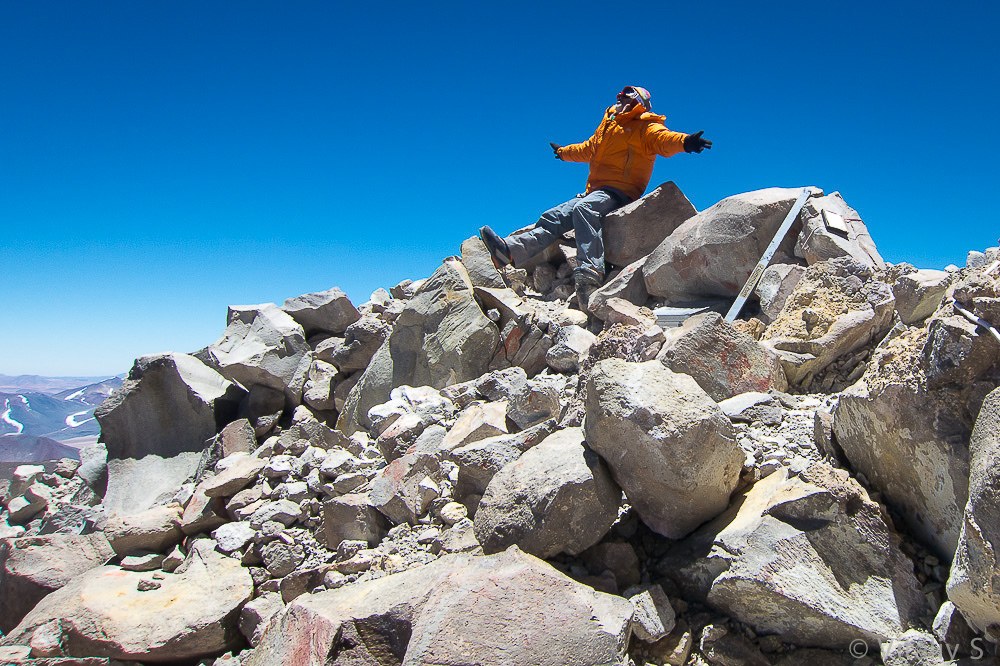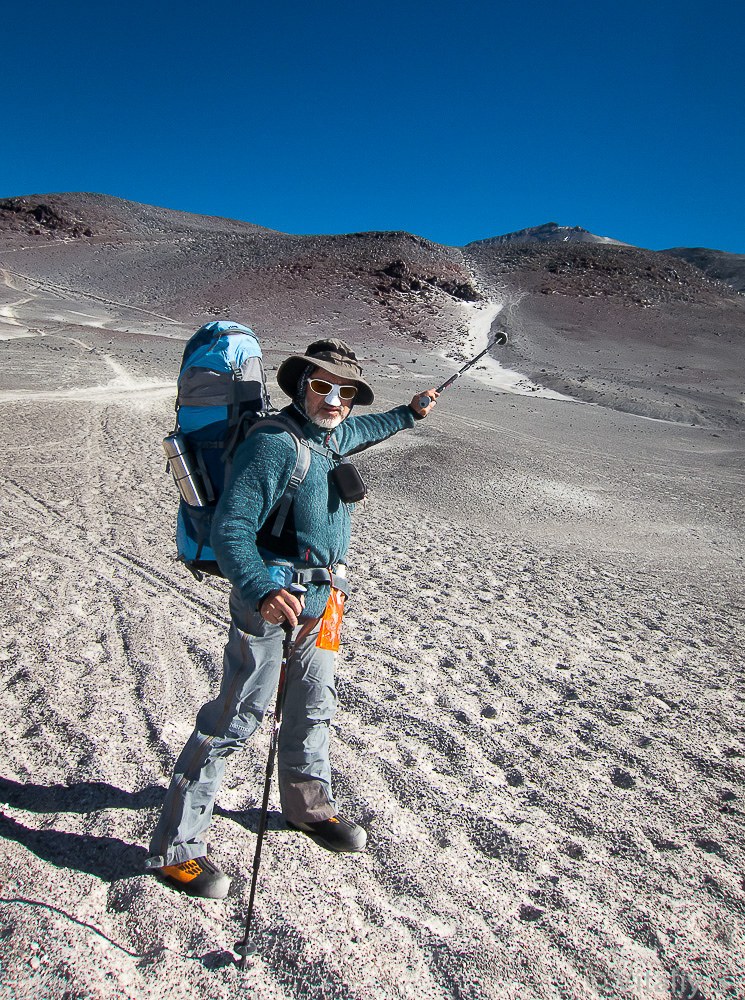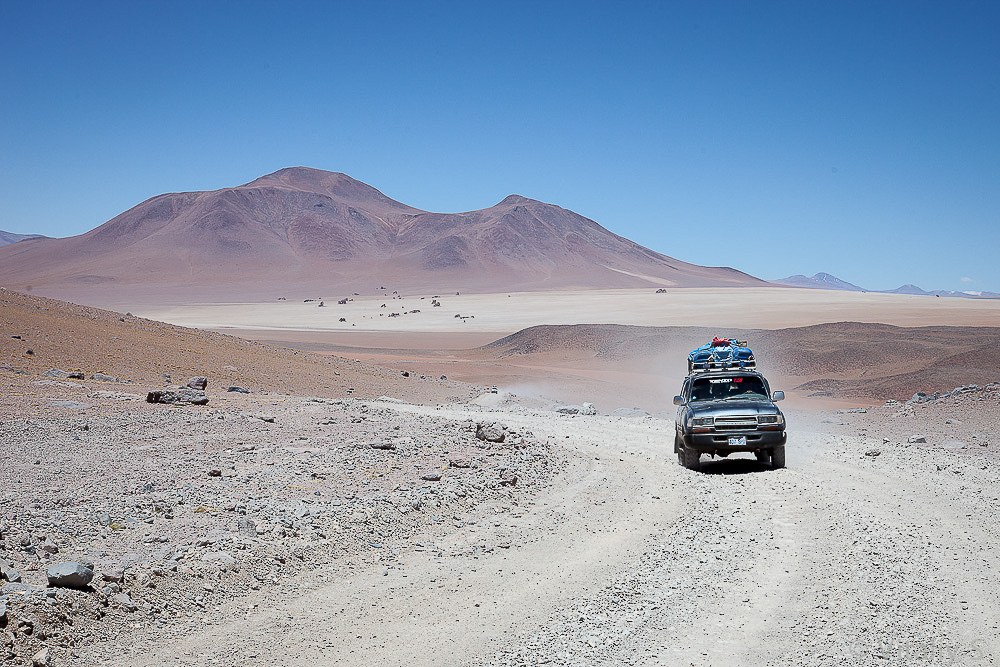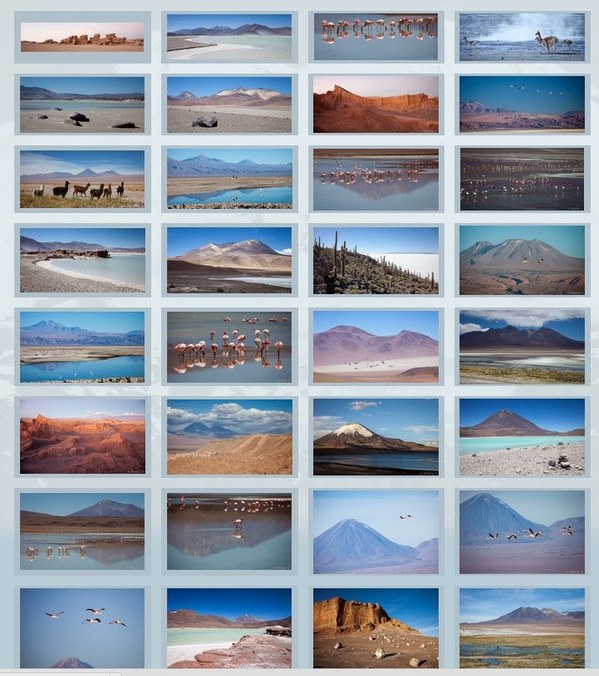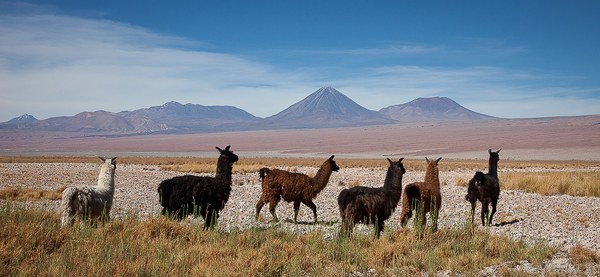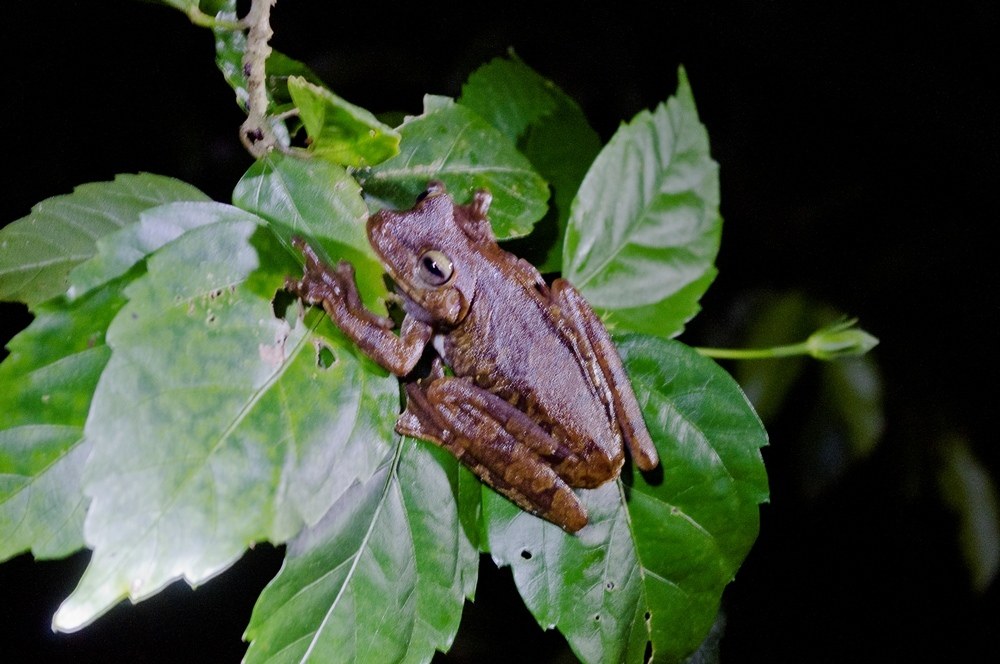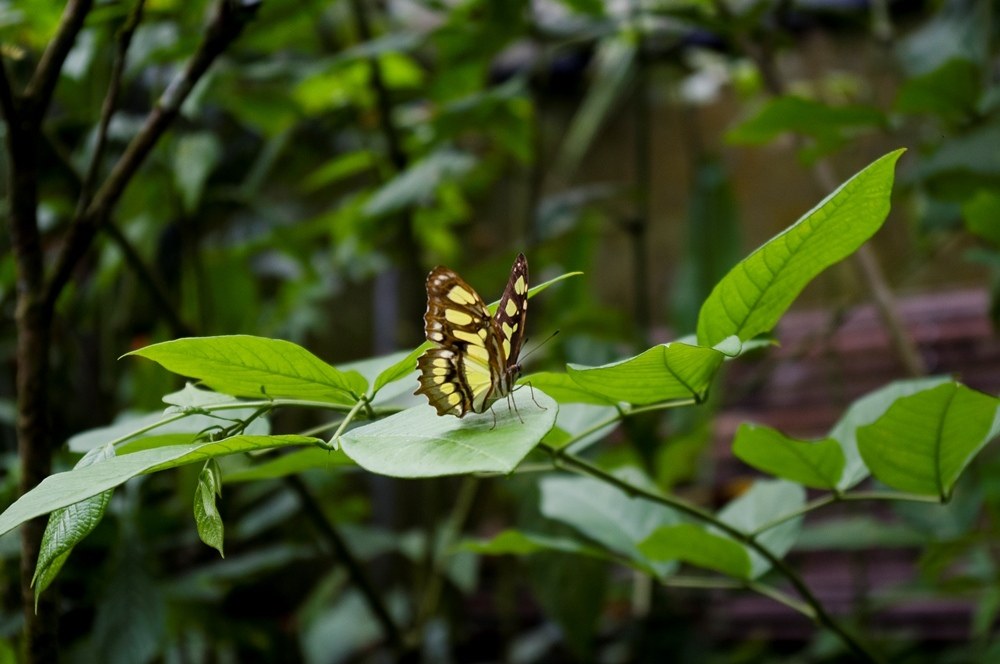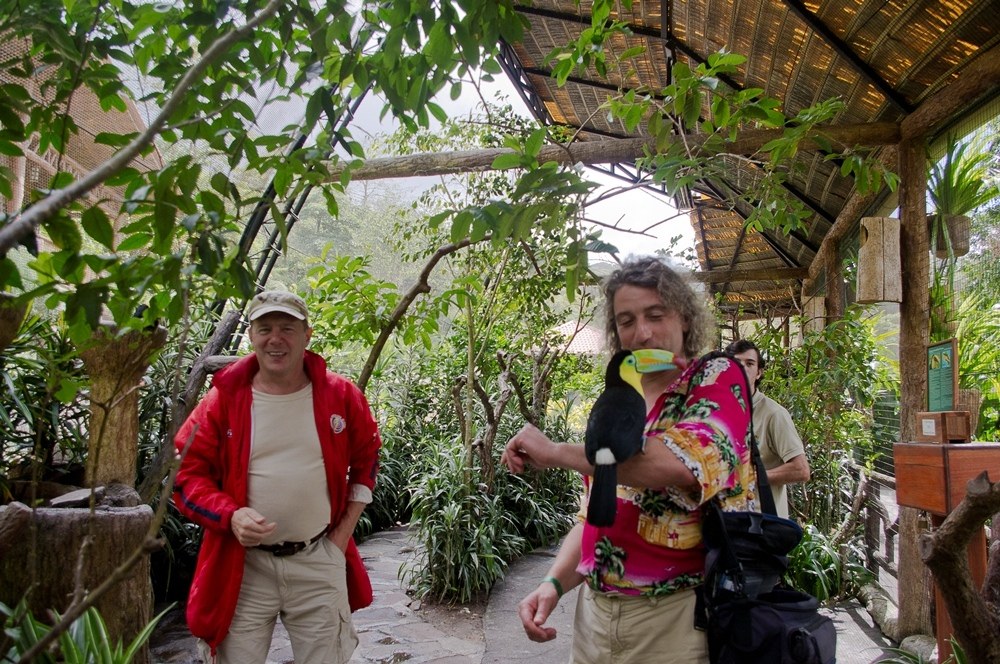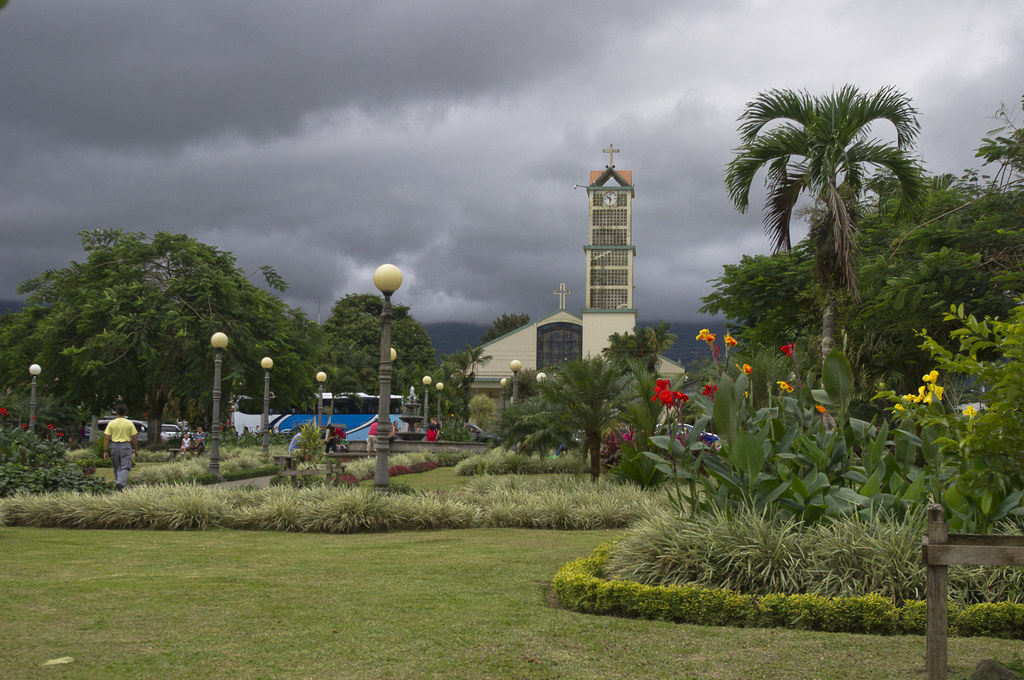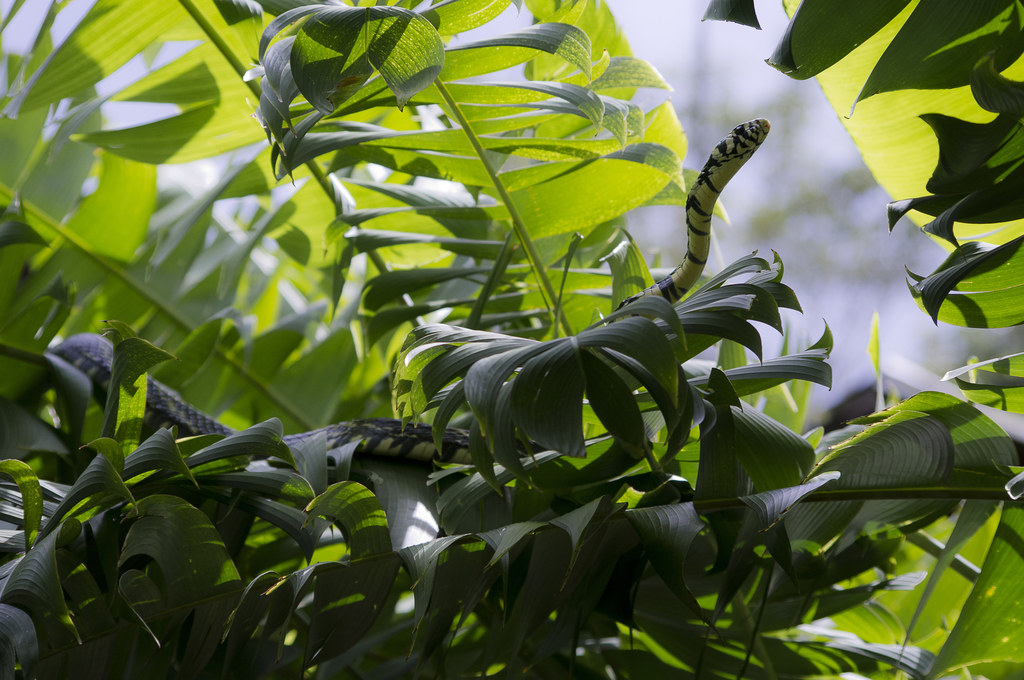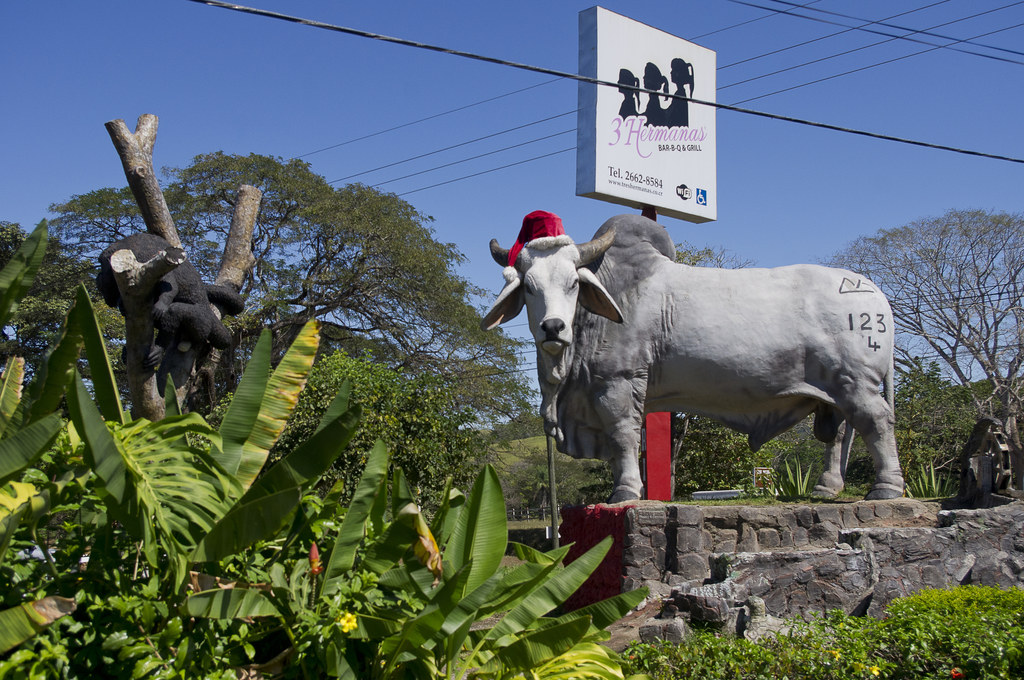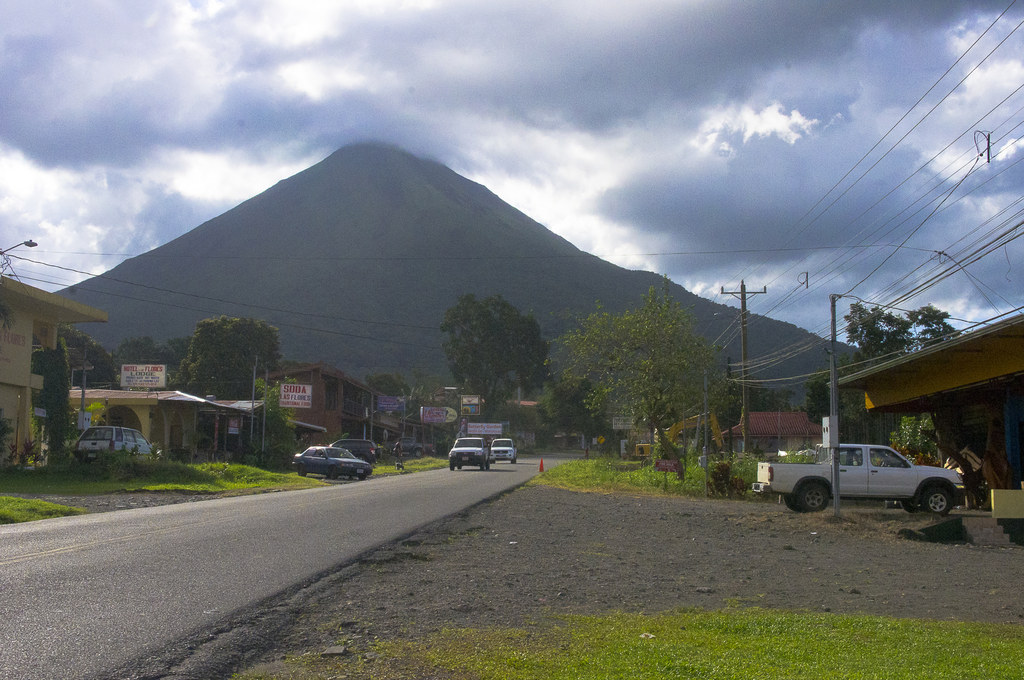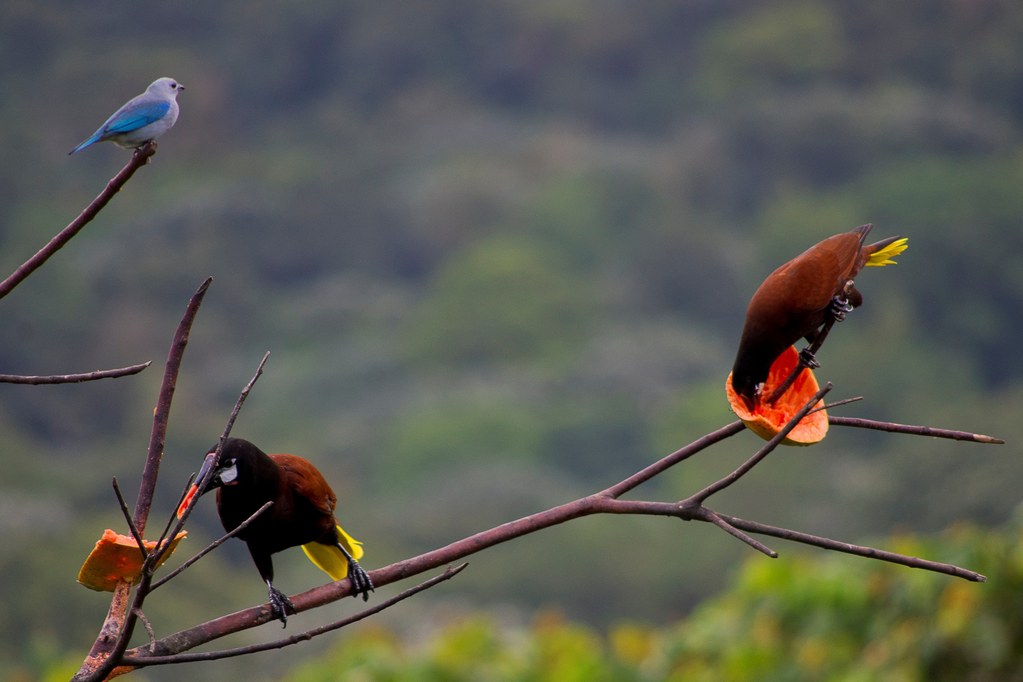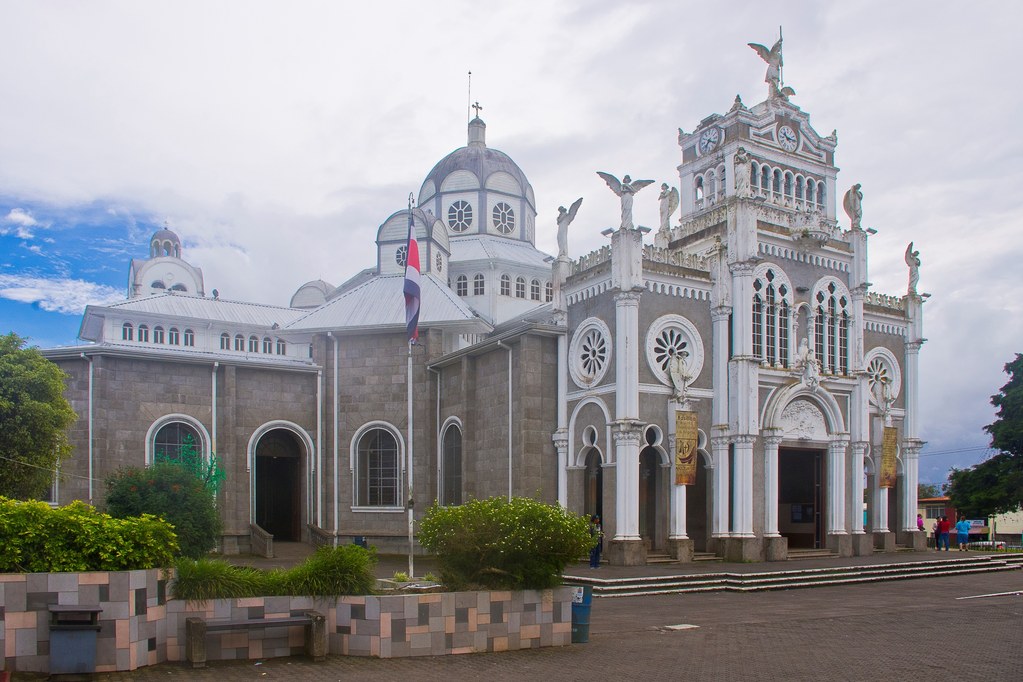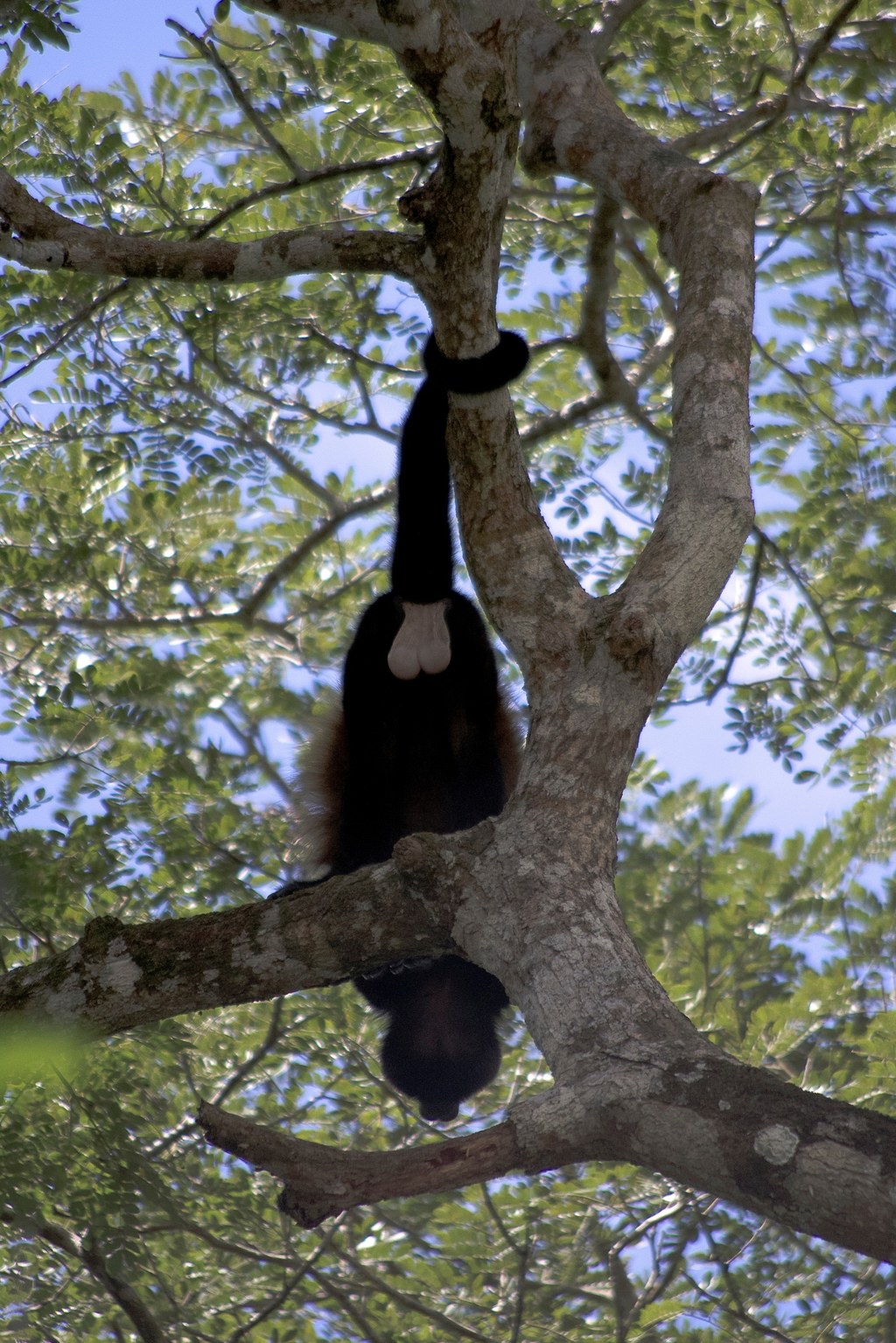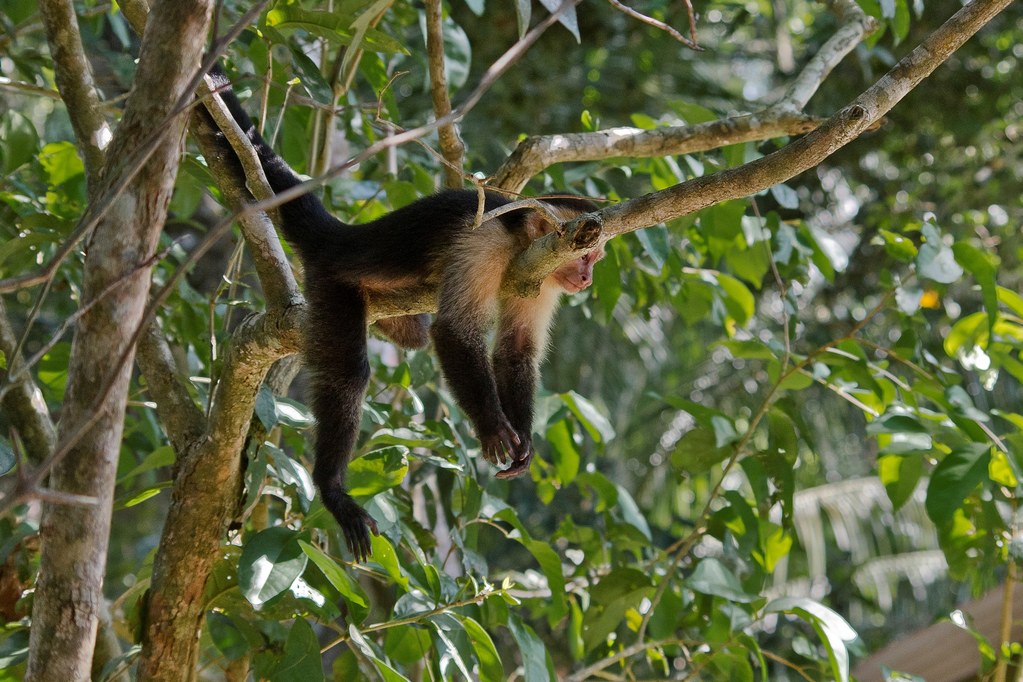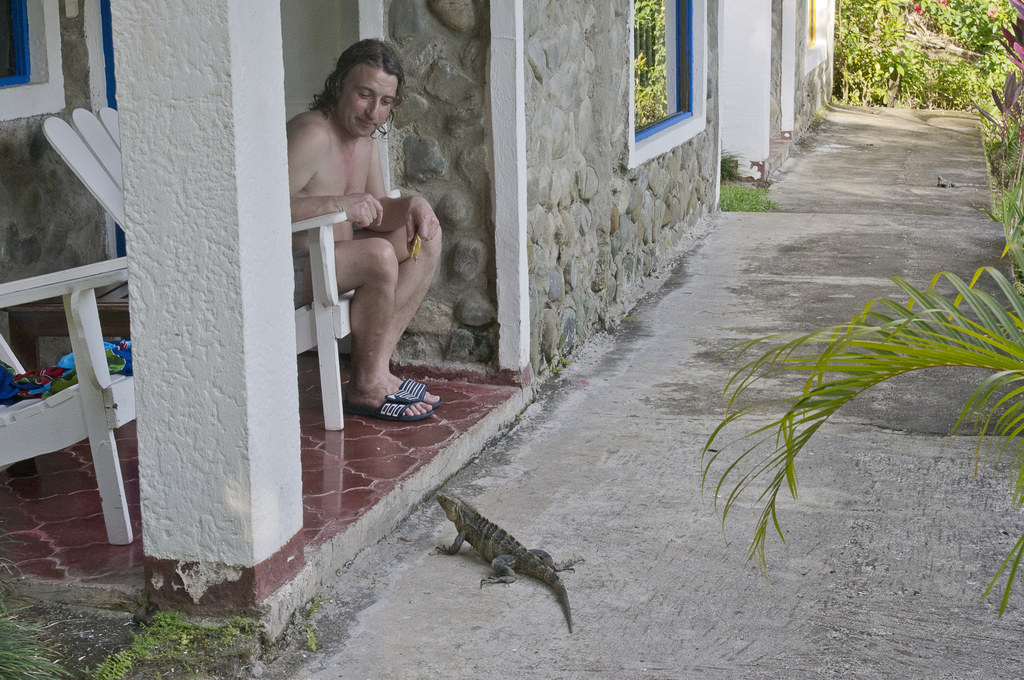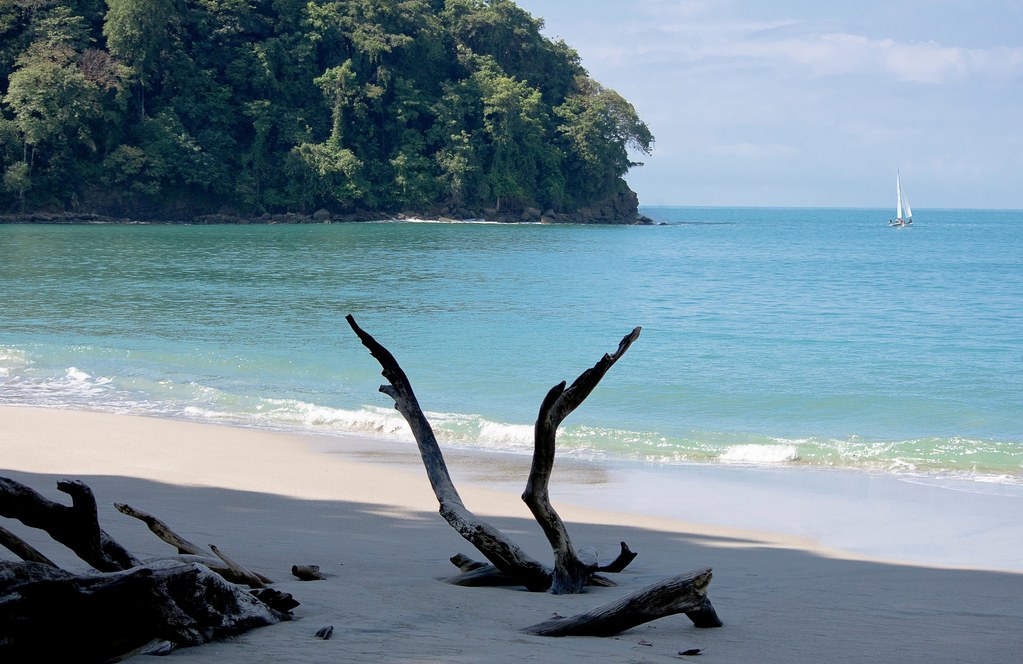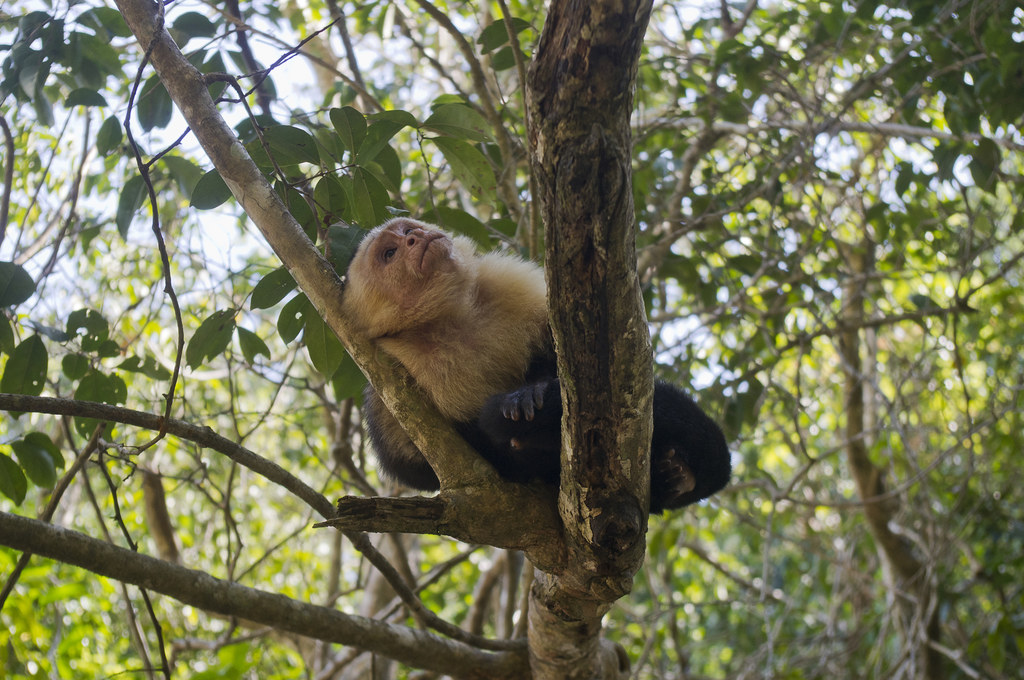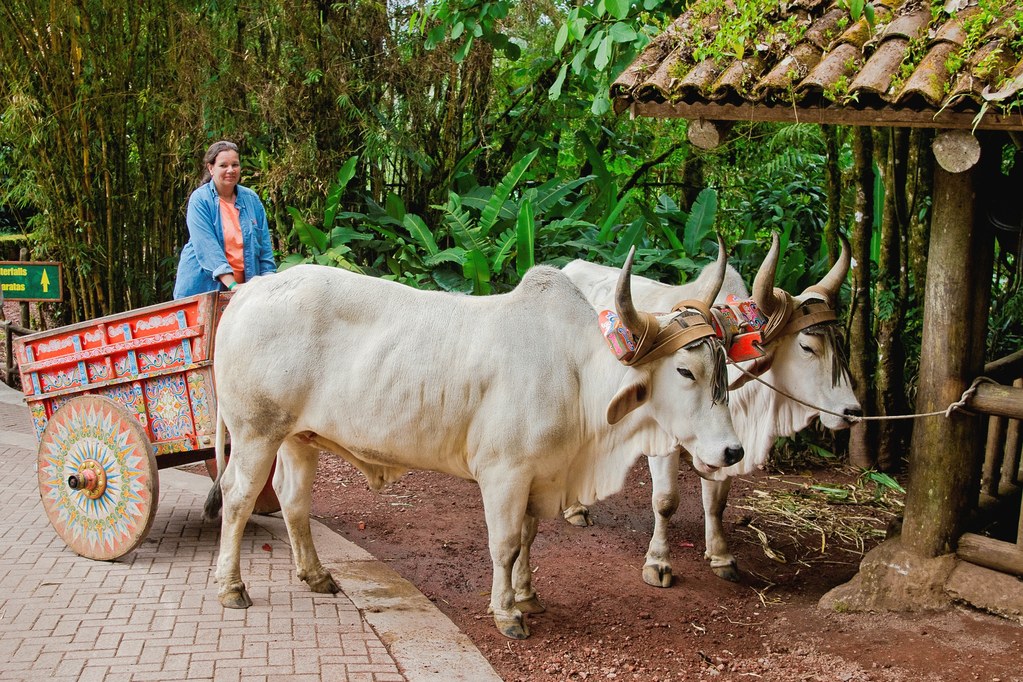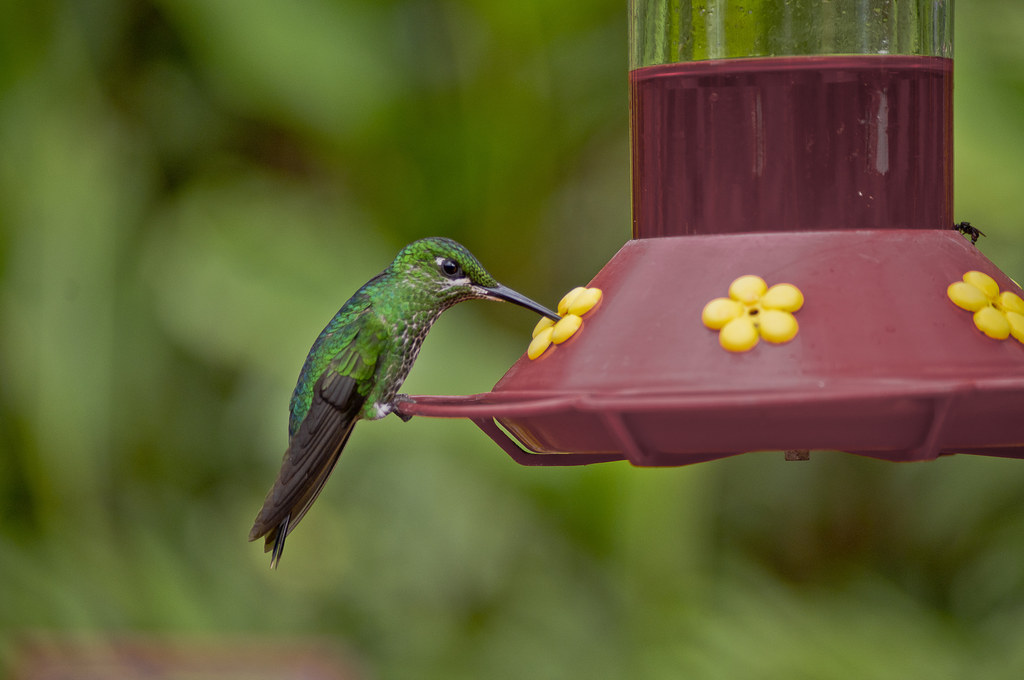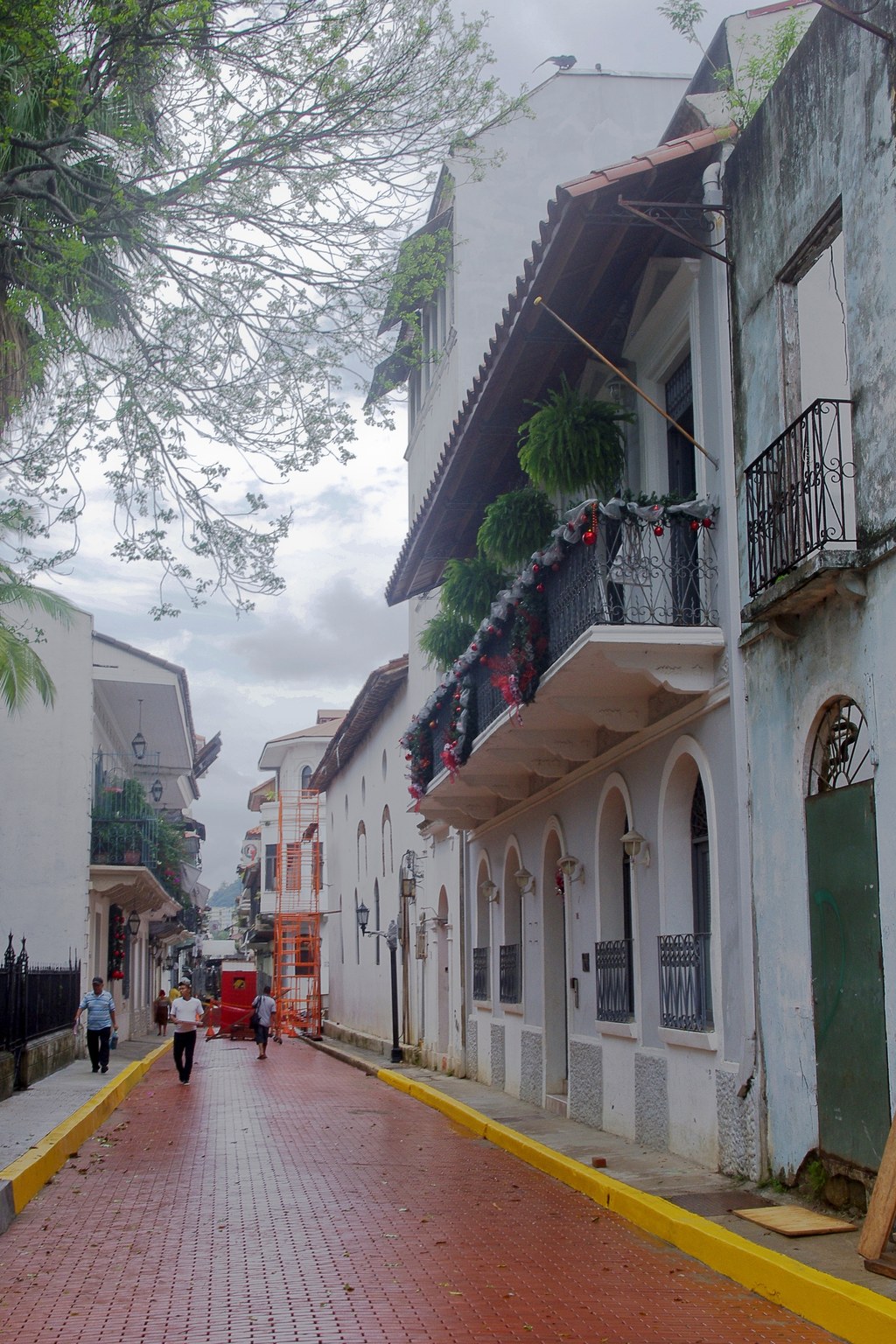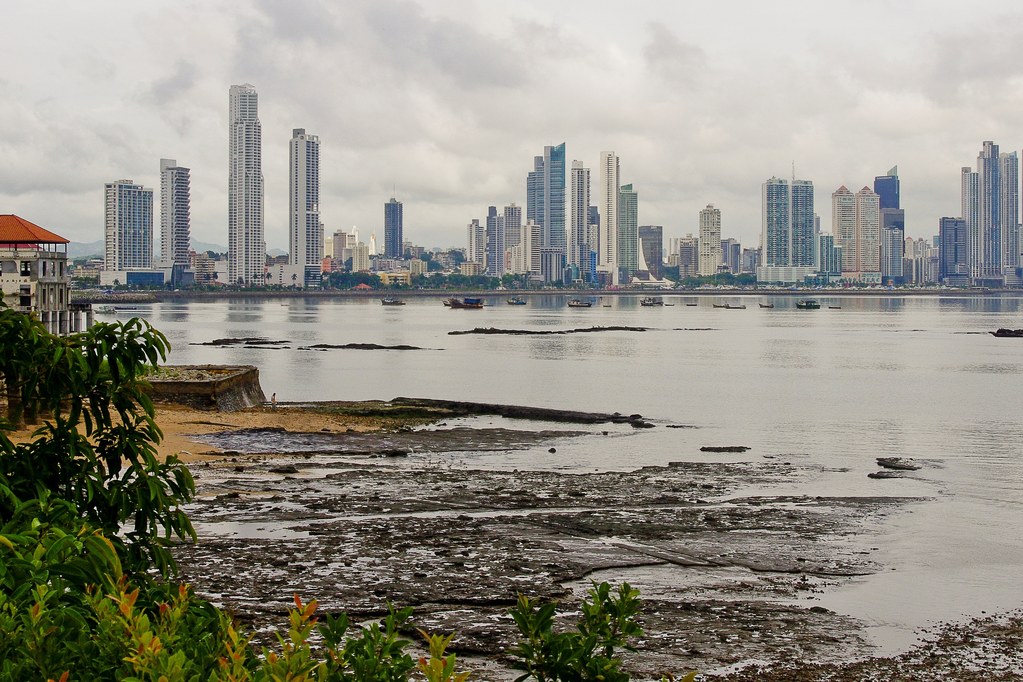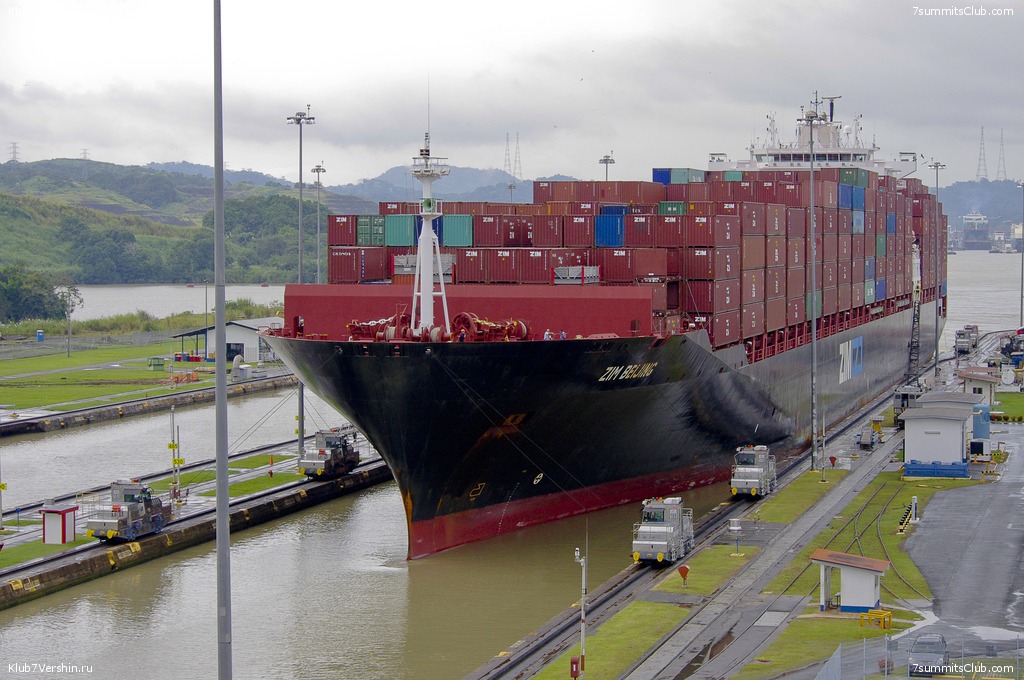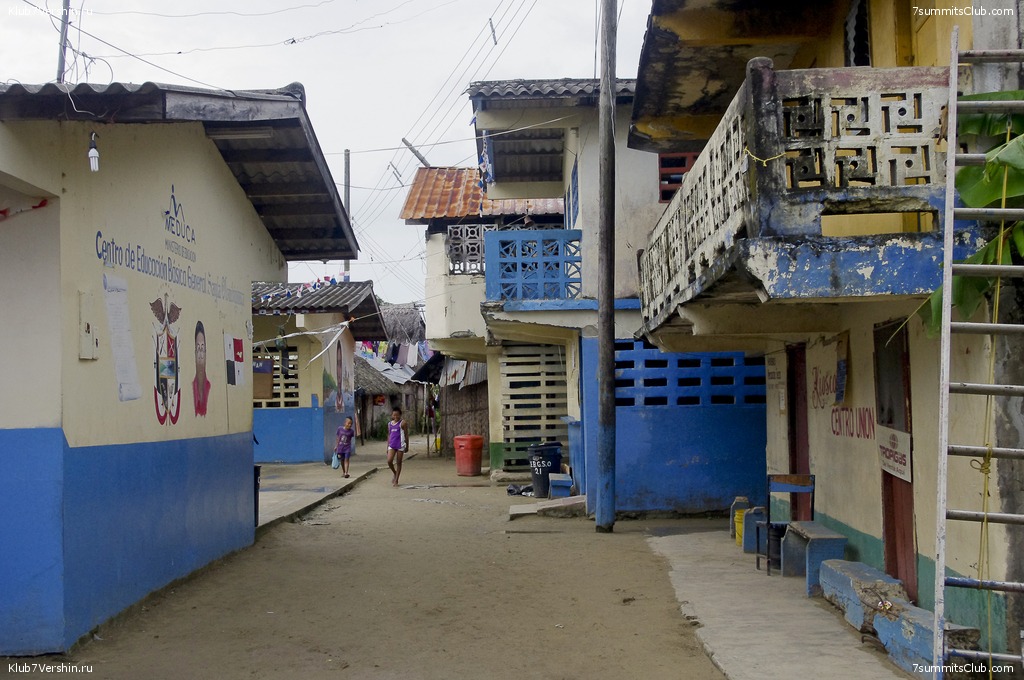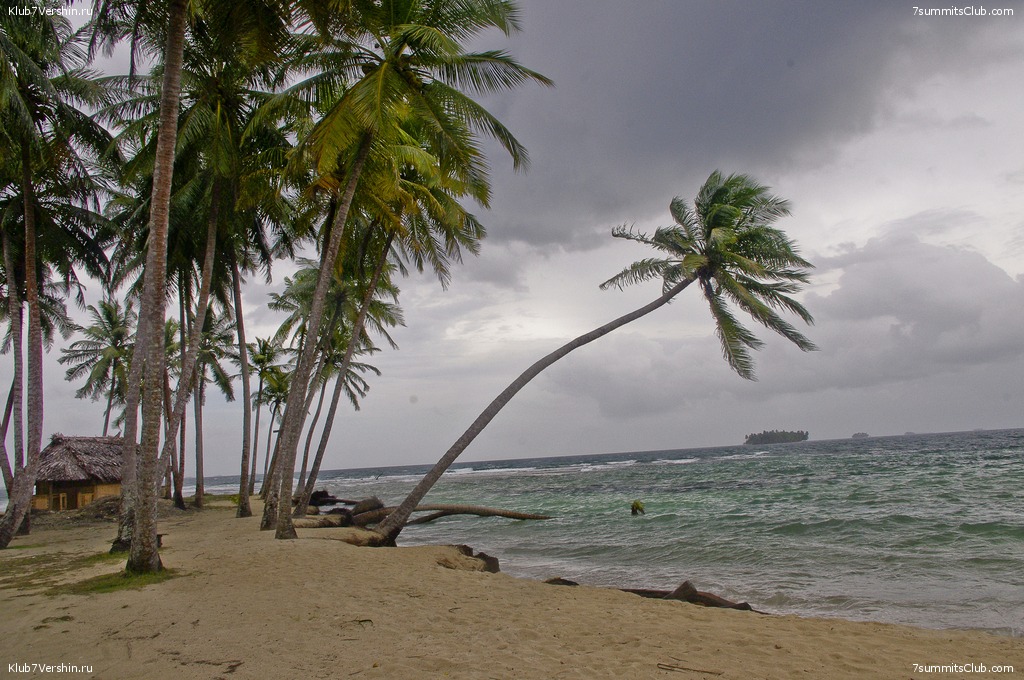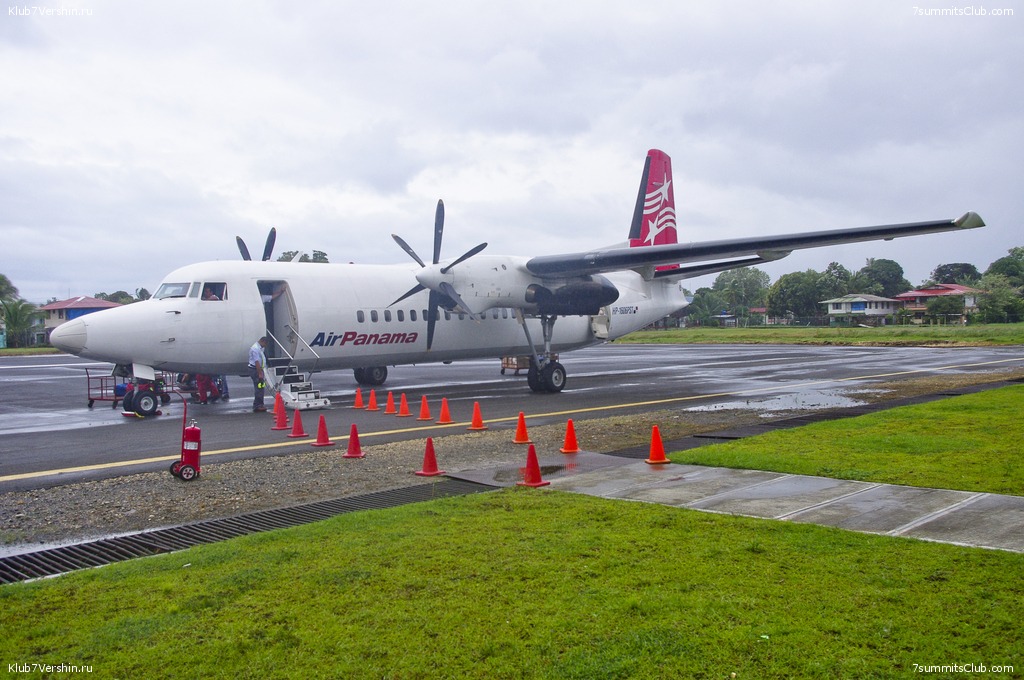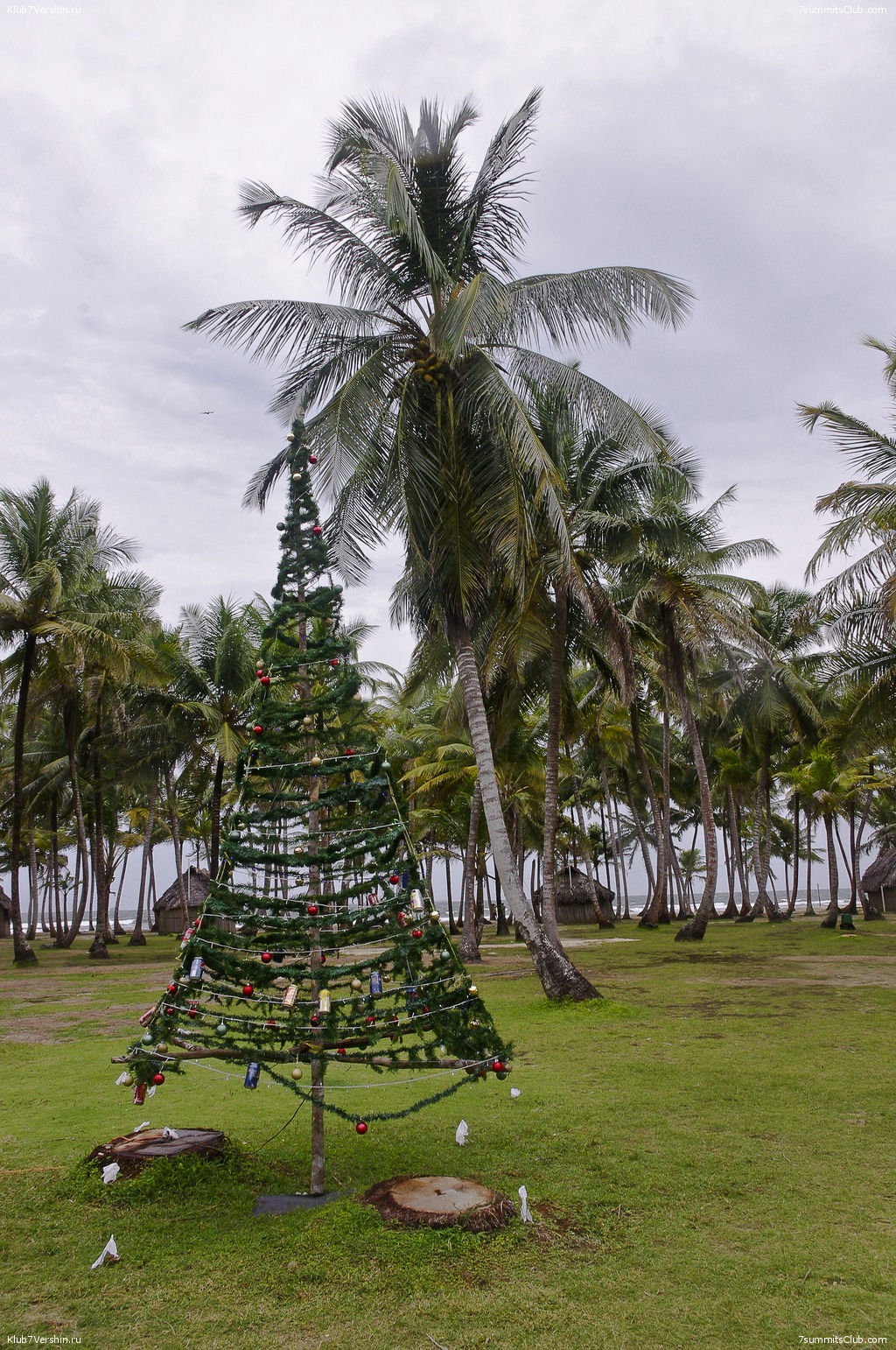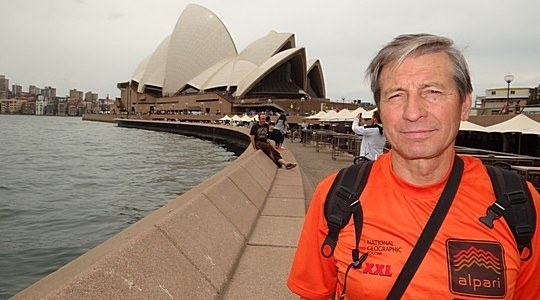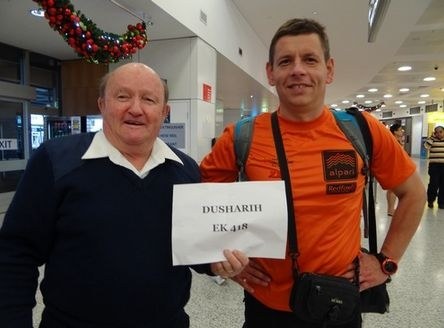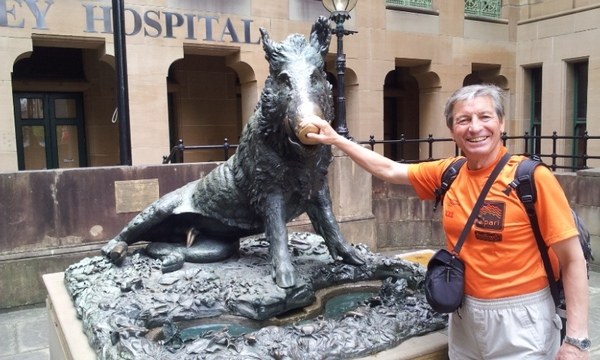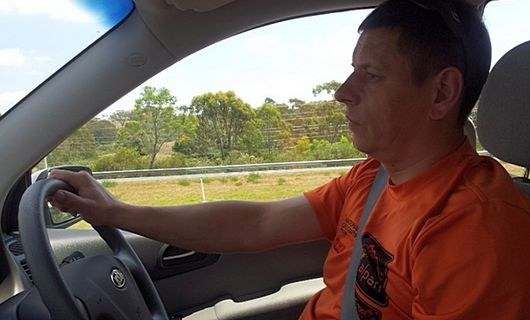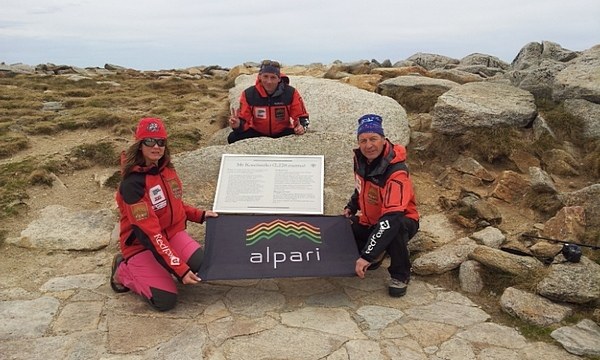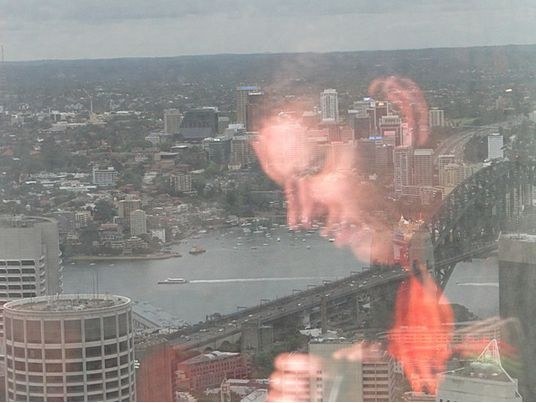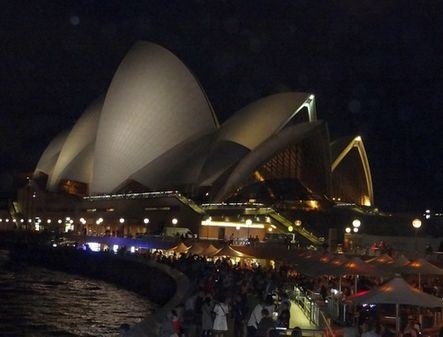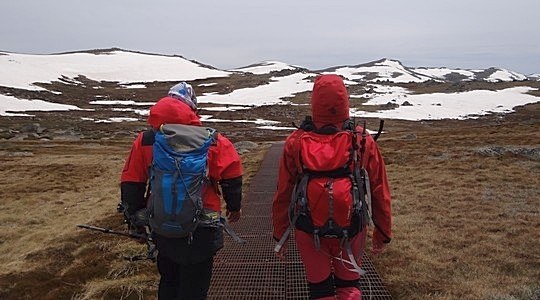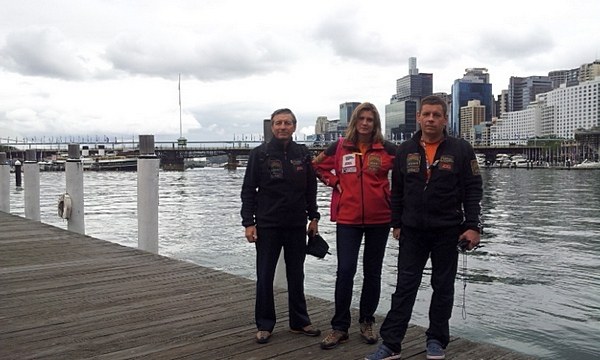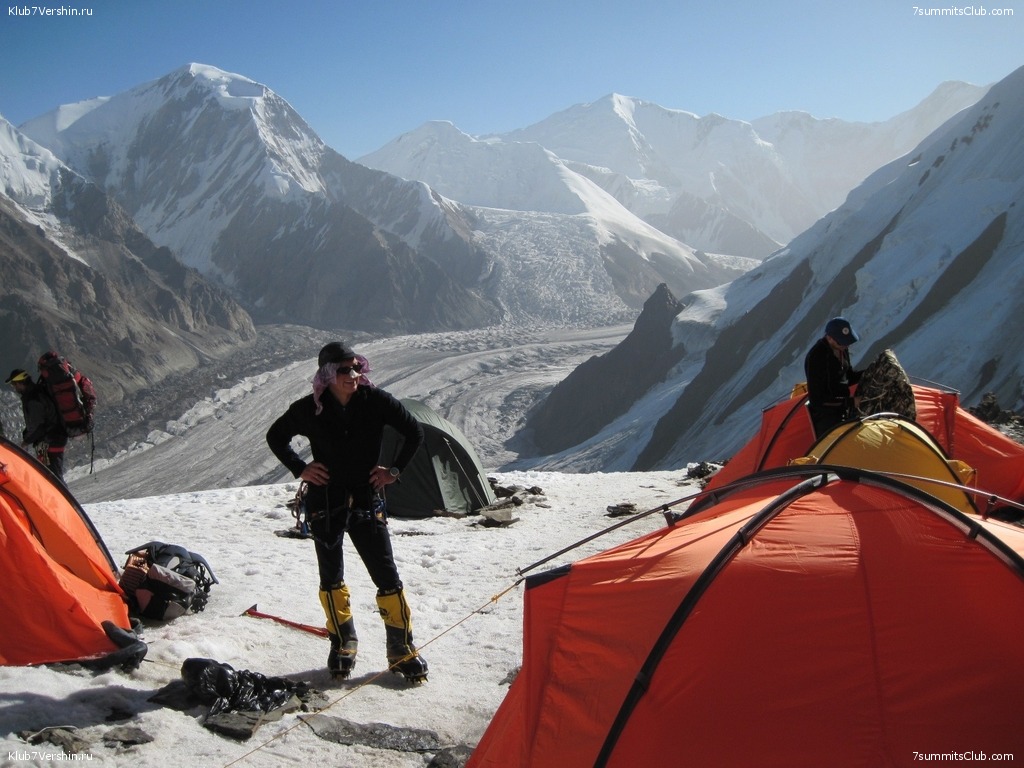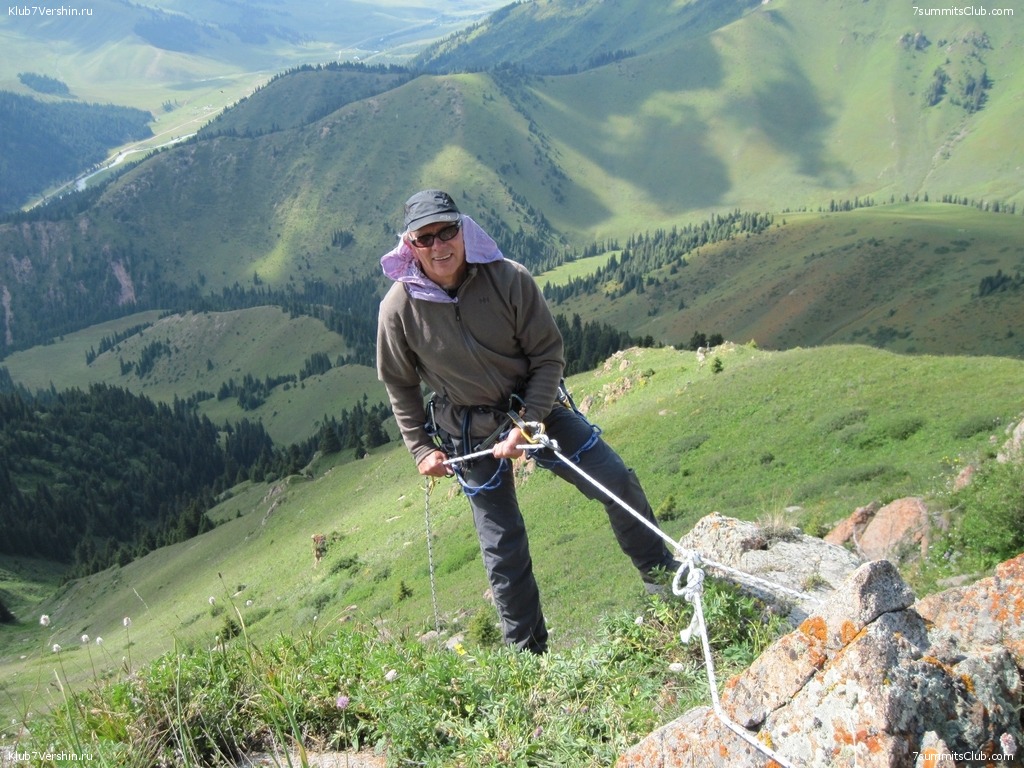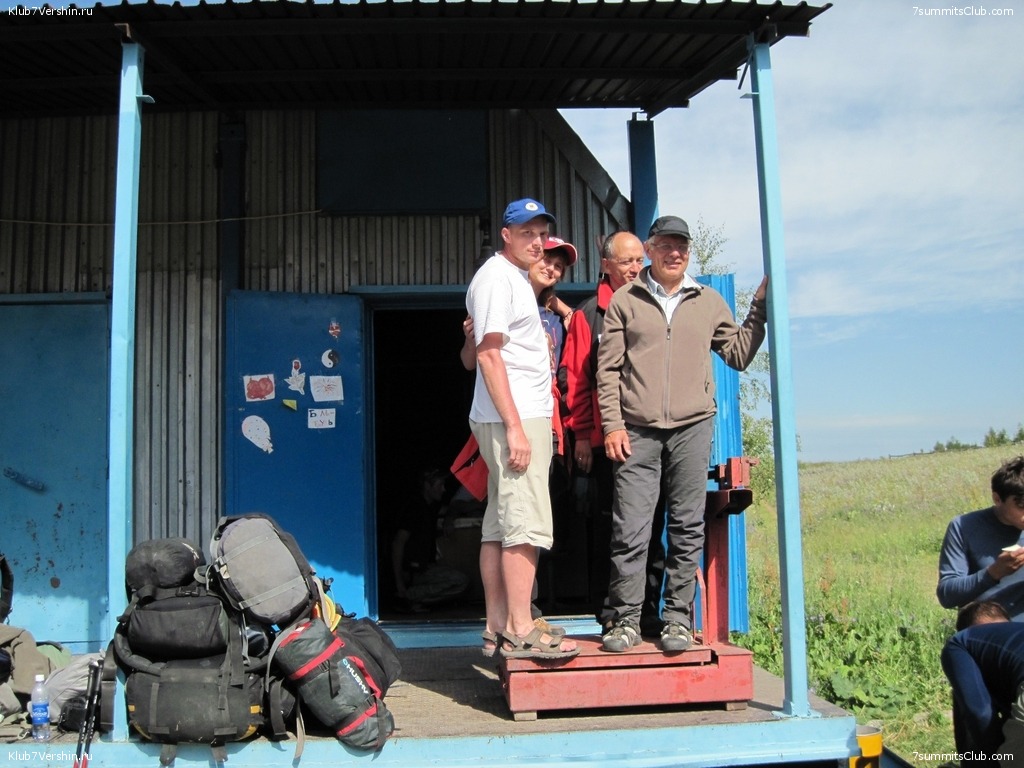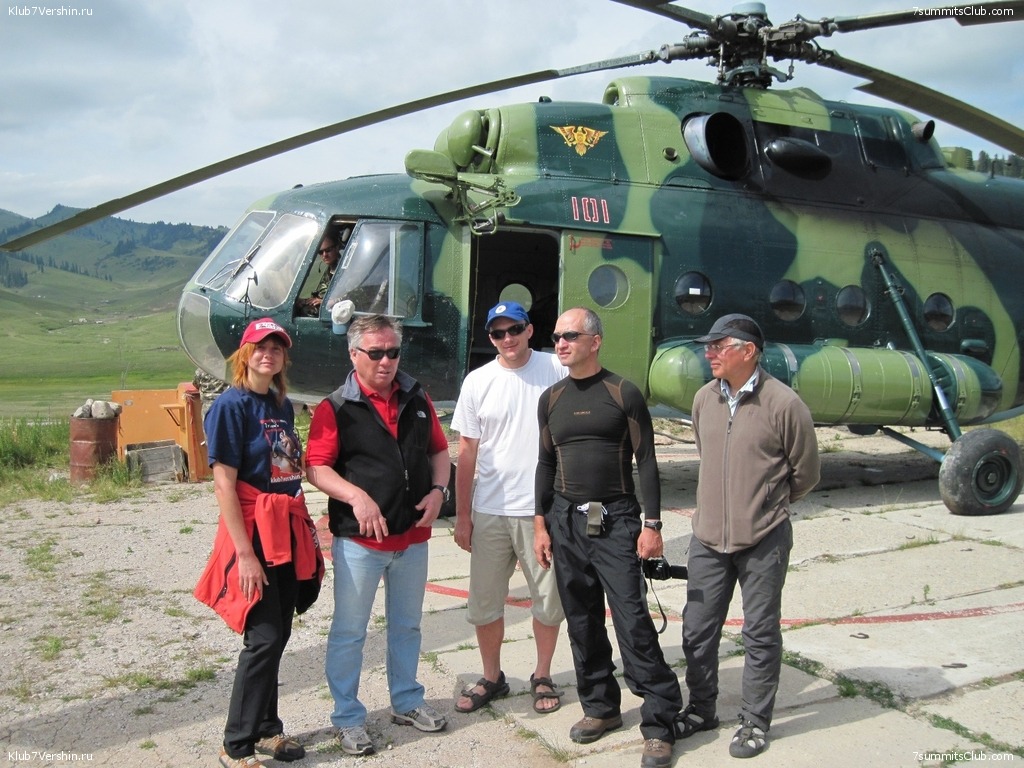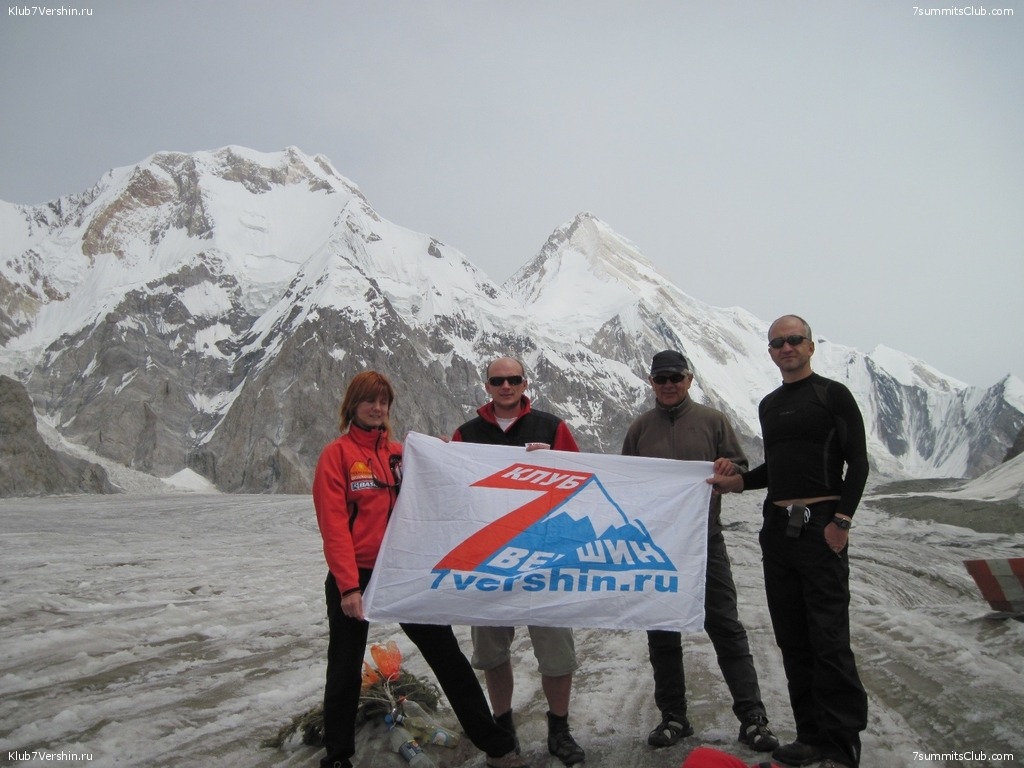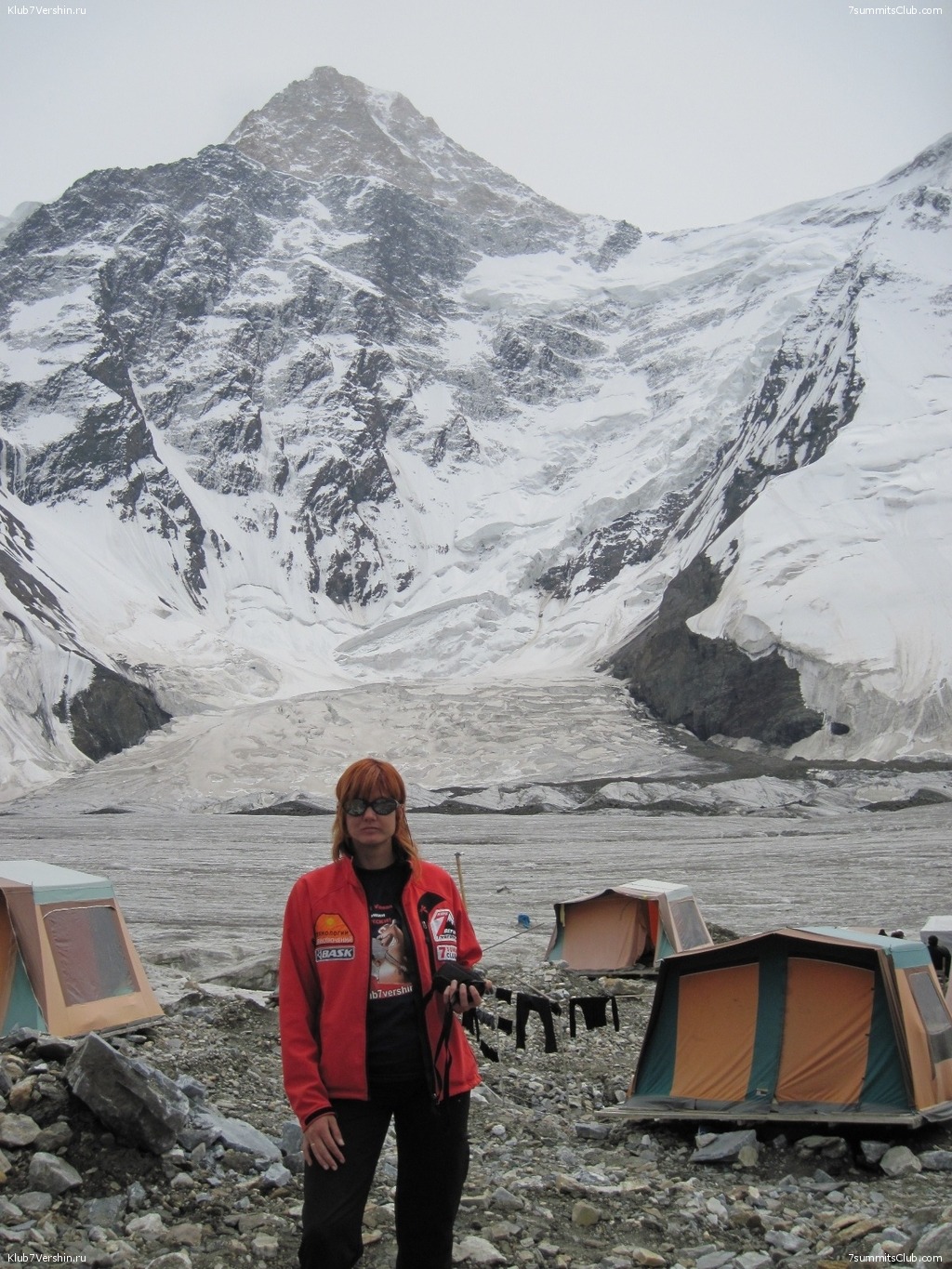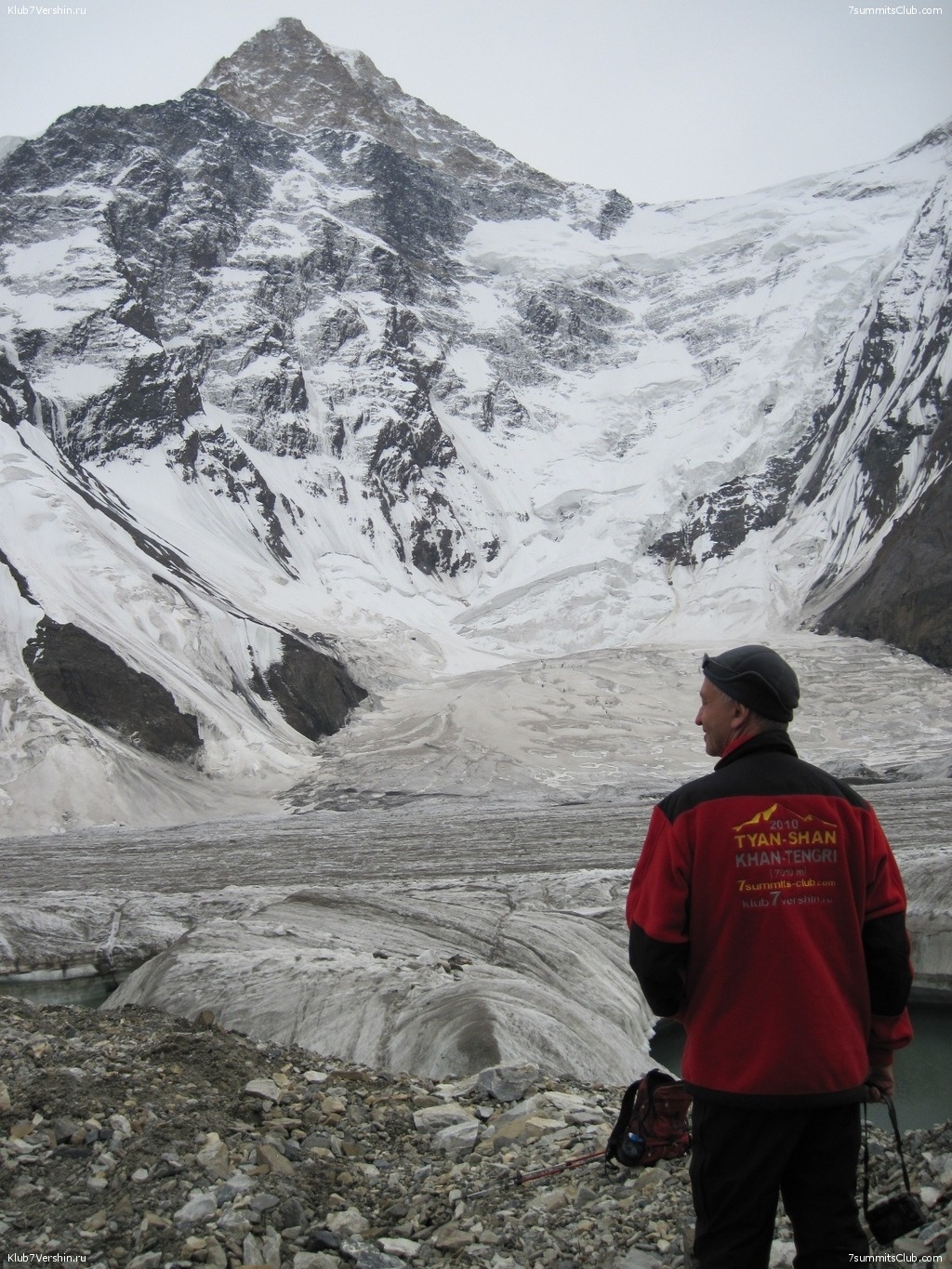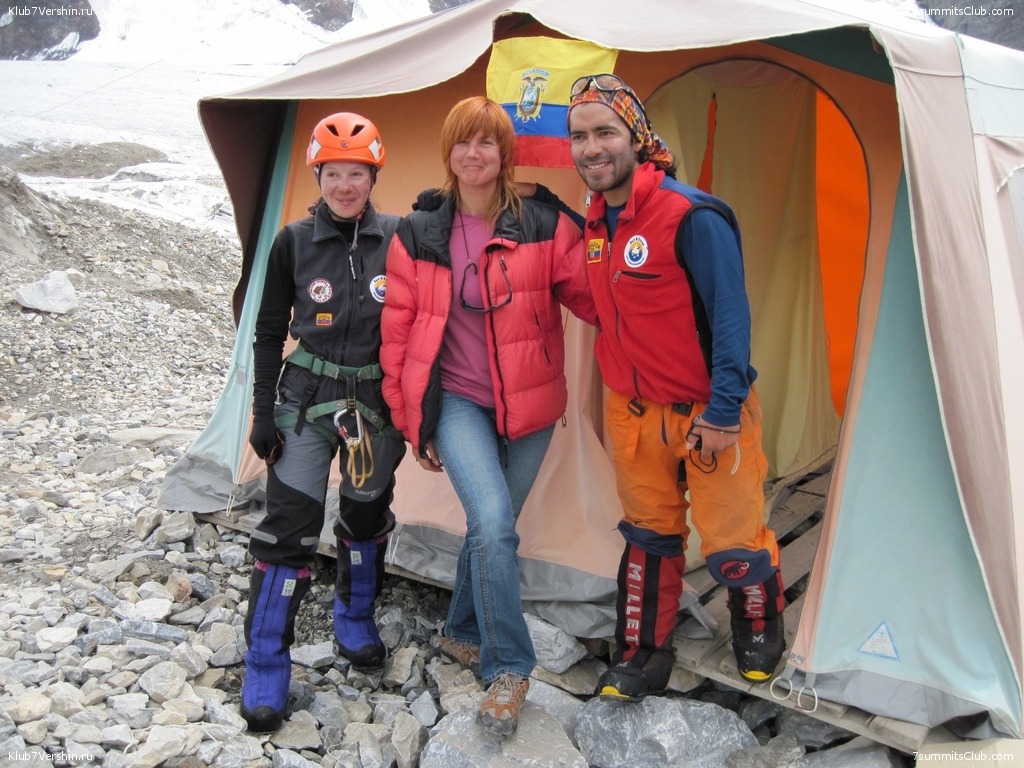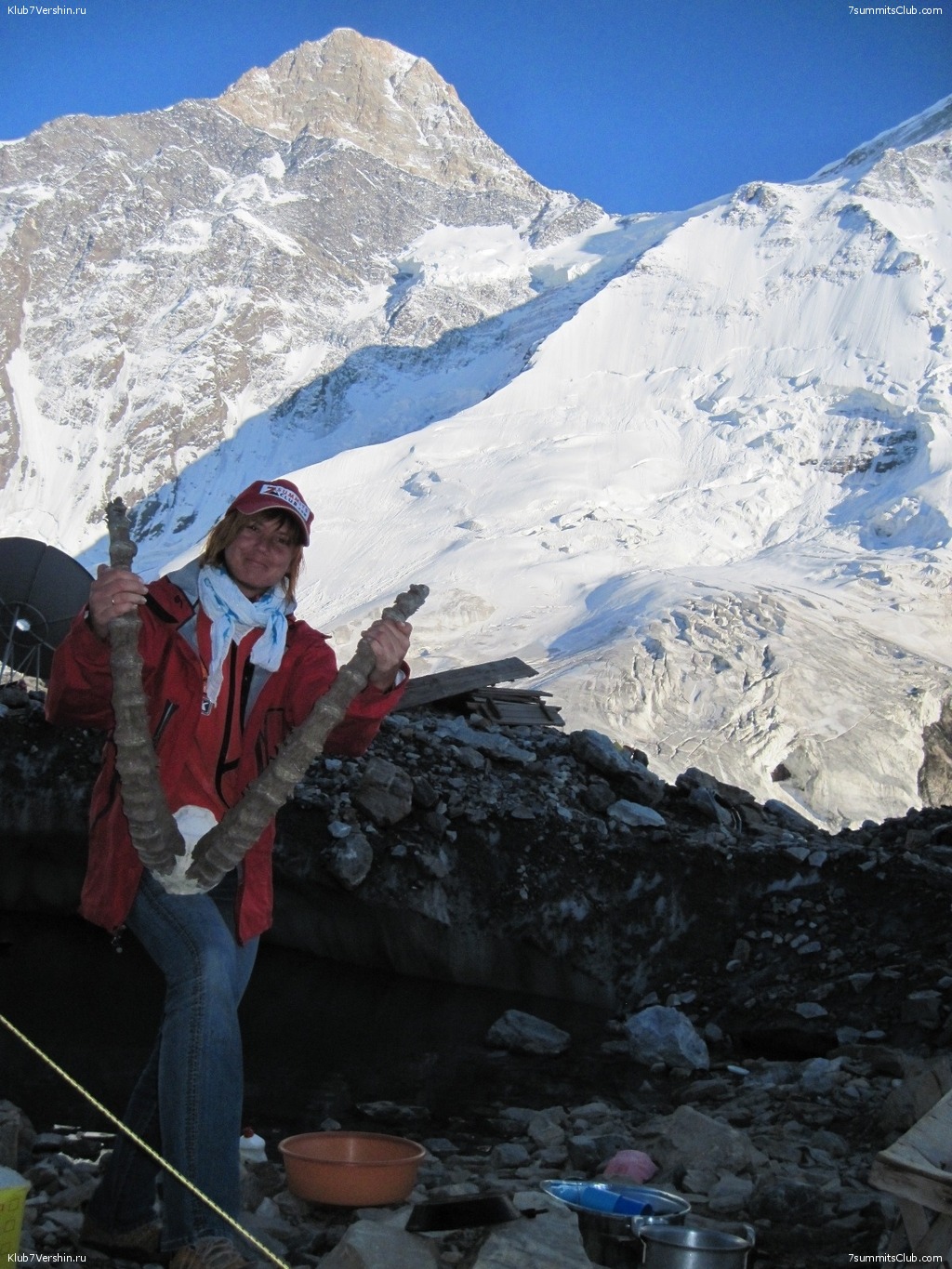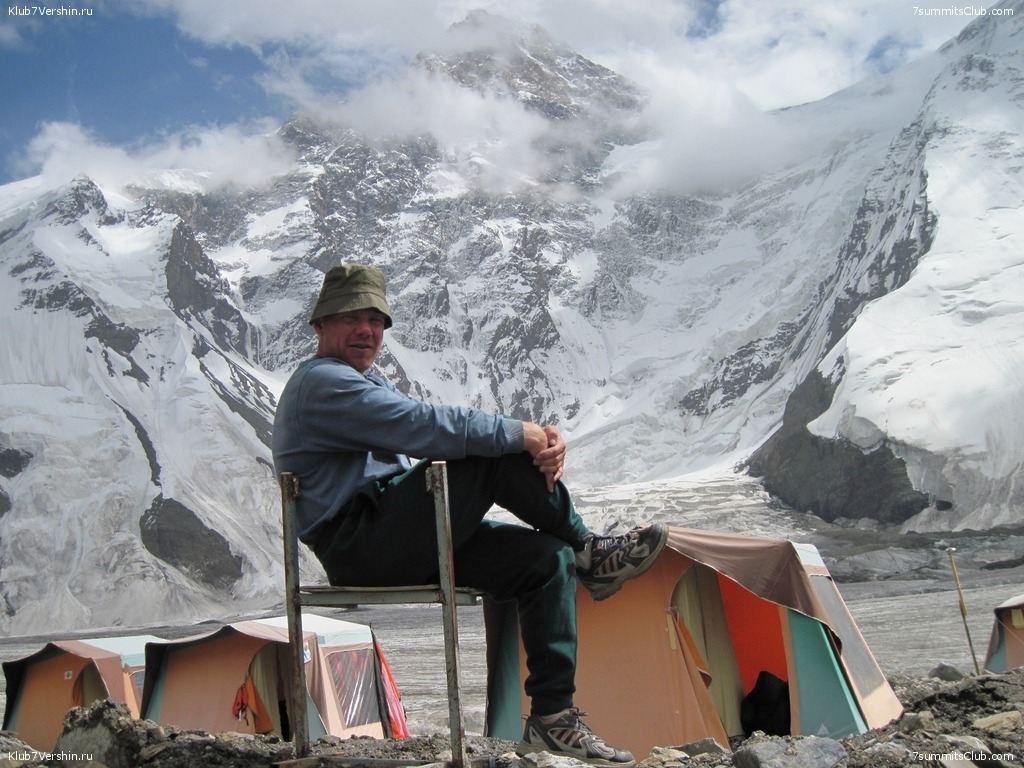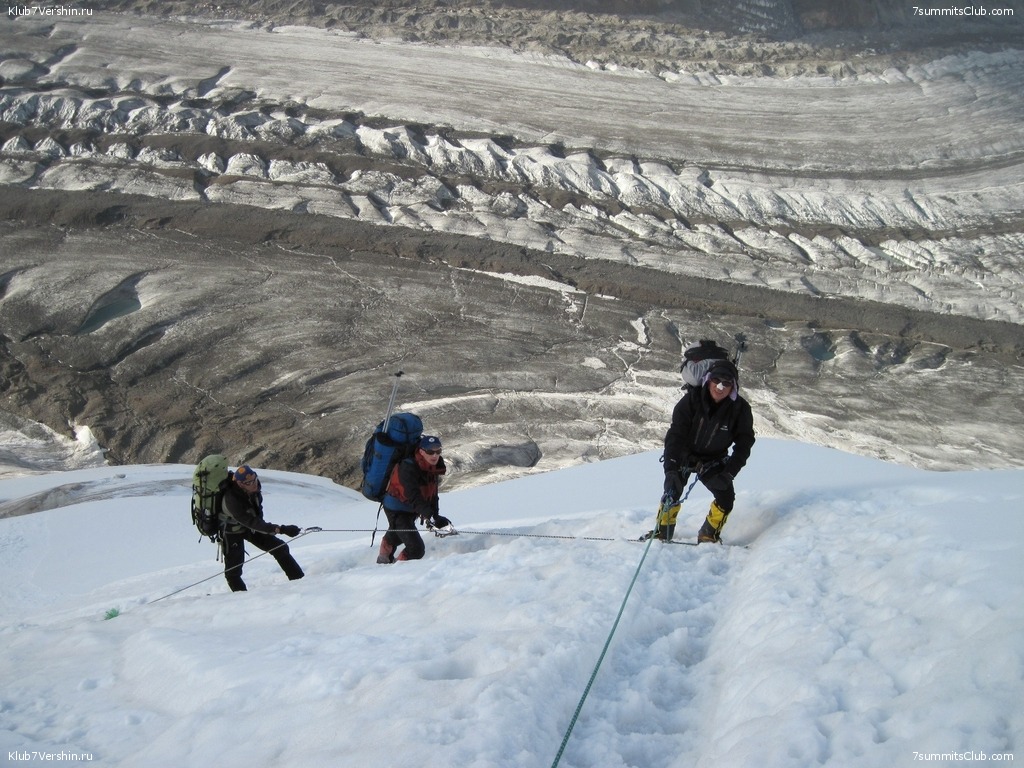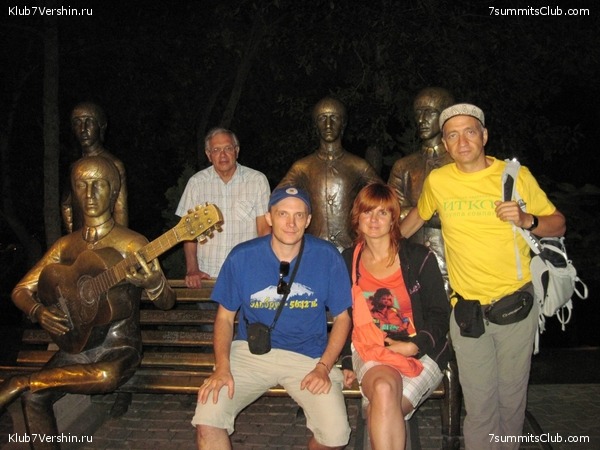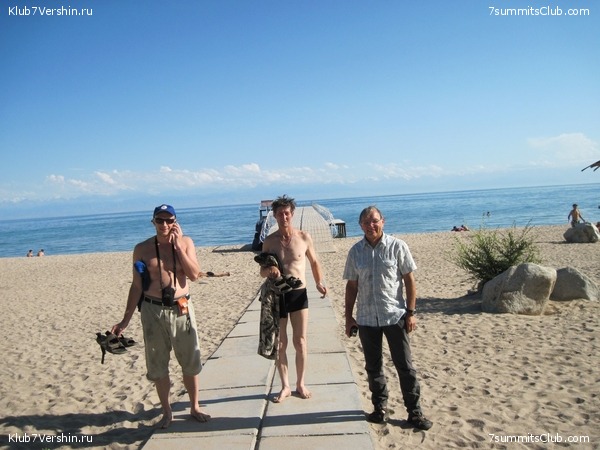Stories about travels with our Club
V. Simonovic.Ojos del Salado and Atacama, WONDERFUL PICTURES!!!
Chile – it is an amazing country of 1000 volcanoes and thousands of lakes, glaciers and deserts... In Chile, there is 15 regions, all lovely and picturesque. Today I want to show you just one - Atacama ... Often travelers, who come to ...
Chile – it is an amazing country of 1000 volcanoes and thousands of lakes, glaciers and deserts... In Chile, there is 15 regions, all lovely and picturesque. Today I want to show you just one - Atacama ...
Often travelers, who come to climb Ojos, in a hurry do not have time to see this beauty.
All (awesome) photos Atacama here >>>>>>>
Well, now a few words about the ascent ofOjos del Salado.... It's time ...
No special difficulties, most importantly, as always - be lucky with the weather. Well, no need to rush - 7000 meters yet – a need of acclimatization has not been canceled ...
I had hoped to acclimatize on Orizaba, but between the two mountains I got 14 days. A lot, too many. But I could not resist and tried to start climb on top of Ojos immediately after arrival. I had a luck, but... not right!
We had a picnic with a guide Mario first right into the crater, well then moved to the top, in total spending on the summit more than three hours. Good weather and lack of wind contributed to this. But in the end, the desire to go down to the restaurant and wash out to sea and had overpowered ...
Oh yes, our car was not able to climb up to 5800 meters, so we lugged all by yourself from the 5200 and back. From Copiapo to Copiapo we spent 6 days for the ascent ...
Along the way I lost the camera. Then it was found, but returned me only flash card with photos. Sorry for the camera, which was on Everest, South Pole, and many other points ...
But I'm happy, now I have something to show you ..
Take care of yourself! Good luck in the mountains. Vitaly S.
Gallery (50 pictures) "Ojos climbing" >>>>>>>
Kosta-Rica and Panama on New Year
Guides of the 7Summits-Club Marina Nemirova and Alexay Kabanov visited Kosta-Rica and Panama during the New Year vacancy. They made a wonderful trip and share with us their photo collection... ...
Guides of the 7Summits-Club Marina Nemirova and Alexay Kabanov visited Kosta-Rica and Panama during the New Year vacancy. They made a wonderful trip and share with us their photo collection...
A lot of warm words about Australia. Project Alpari On Top of the World
Our team climbed Mt. Kosciuszko 5th of November. This was the sixth summit from seven. Please find below short narratives from the team members. The Team: Lyudmila Korobeshko is the captain of the team and the only Russian woman to have ...
Our team climbed Mt. Kosciuszko 5th of November. This was the sixth summit from seven. Please find below short narratives from the team members.
The Team: Lyudmila Korobeshko is the captain of the team and the only Russian woman to have both summited Mount Everest and been to the North and South Poles. Ivan Dusharin, the “patriarch of Russian alpinism” is an internationally recognized climber with the supremely challenging K2, among many other impressive climbs, under his belt. Maksim Shakirov, author of “New Year on the Peaks”, planted the flag of the 2014 Olympic Games atop Mount Everest and Mount Olympus.
FROM THE JOURNAL OF IVAN DUSHARIN: AUSTRALIA
3.11.2012. It’s morning here in Sydney. We’re 7 hours ahead of Moscow. The flight was tough. We almost feel like we’re drunk. It took us more than a day to fly out here – I guess that’s just something you have to deal with. After getting off the plane, we made it through immigration and across the border relatively easily, but nobody was there to pick us up. Lyudmila called a couple of numbers that only she had. They told her to wait. We waited. Suddenly a man passed in front of us holding a sheet of paper. For some reason, something written on that sheet of paper felt familiar to me. “Lyudmila, I think that’s the guy who’s coming to pick us up,” I said, pointing out the man. Lyudmila caught up to him. On the sheet of paper he was carrying, I spotted the words “Mr. Dusharih”. So that’s what felt so familiar – my name.
We checked into the hotel, but we would have to wait until 14:00 before we could get settled into our rooms. We left our stuff at the hotel and went for a walk around the city. It’s a nice looking city, with a lot of plants, water, fountains and interesting architecture – both old and new. The sea (or the ocean to be more precise) really adds to the atmosphere. We began to look for the fish market. We could smell the place from more than a half kilometer away. It was quite impressive. There were giant lobsters, crabs, all kinds of shrimp, octopuses, squid and dozens of varieties of fish and shellfish. We decided we should go somewhere to order some seafood.
We went for a nice walk before returning to the hotel to unpack our stuff and rest for a couple of hours. If we didn’t have the chance to rest, we would have been completely miserable. Flights like that can really take their toll on you.
At 17:00 we headed for down town Sydney. We decided to have dinner in an exotic place – in a restaurant in the Sydney Tower, 225 meters above the city. The elevator was fast. Our ears popped on the way up, like in an airplane. We spent about an hour and a half in the rotating restaurant. We sampled some of the local delicacies and enjoyed an amazing panoramic view of the city and surrounding area. It was fantastic! From that height, you can really see how downtown Sydney is laid out. After dinner, we paid a visit to the world-famous Sydney Opera House.
4.11.2012. It took us a long time to sort out the rental car. We ended up with a family car that seated nine. It was like a small bus. Max took the wheel. Lyudmila was the navigator. I was just a passenger. As we stepped out of the car near the hotel, we heard a guy speaking in Russian. It turned out he was fromKiev. He had already been living in Sydney for 23 years. He explained to us how to get out of the city and onto the road leading to Canberra. We got lost anyways. It took us 8 hours to make it there. After we settled into our hotel, we worked on figuring out where we would start our climb from. We chose a route starting from Dead Horse Gap, longer and more difficult than the standard route to the summit of Kosciuszko. I think tomorrow’s climb should be interesting.
5.11.2012. The climb. We arrived at our starting point around 9 in the morning. It took me a while to pick out my shoes. In the end I selected a pair of hiking boots. The first part of the climb was steep and took us through a forest of dead eucalyptus trees. Seeing the large mass of dead plants, we felt a sense of pity for the local flora, which, as we were told, was burnt in a fire. The ashy foothills looked aged – truly a sad sight to see. After about an hour on the trails, the path flattened out a bit and we began to notice patches of snow. Things got a bit easier. Tourists rarely take this route, so there aren’t any markers or railings to help you find your way if the trails have been covered by snow. You just have to keep heading in one direction to keep from getting lost. We put on some extra clothing. We passed a guy descending the mountain with a pair of alpine skis tied on to his backpack. We said “Hi”. He warned us that it was really windy at the top.
After traversing a slope covered in snow, we merged onto the main trail. The trail was paved in stones and guarded by a railing coming about 30 cm off the ground. We had about 6.5 kilometers to go to the summit. By this point, we were hiking across an open area and the wind was really starting to blow. We were worried we might get blown off the path. I started to understand why not everyone is able to reach the summit. Here, it’s Mother Nature that’s calling all the shots.
We moved along at a brisk pace in spite of the wind. We came across stretches of the trail that were buried under snow. The entire summit was covered in snow too. Along the trails we noticed tracks from skis. Even in the offseason, it appeared that enthusiasts still carried their skis with them, even if they couldn’t go skiing.
A spiral path led us the summit of Kosciuszko, 2,228 meters above sea level. At the very top of the mountain, the winds were near gale-force, tearing away at our flags. A young man and woman made it to the summit shortly after we did. It turned out they were our compatriots – from Ekaterinburg. Even here in Australia, on the summit of Kosciuszko, halfway across the globe, we ran into Russians. It was nice.
We descended pretty quickly. We had the wind at our backs on the way down, which made things considerably easier. The entire climb took us about 8 hours.
6.11.2012. Back to Sydney. Lyudmila took the wheel on the way back. She’s a fast driver and confident behind the wheel. She remembered the way. Lydumila and Maxim switched places a couple of times, but I remained in the passenger’s seat. Our navigator led us to a beach in Sydney. It wasn’t particularly warm out, but hey – the ocean’s the ocean. The water couldn’t have been more than 18 C, but we jumped right in. The giant waves crashed into the shore, then drew back into the ocean, leaving behind a blanket of foam. There were hardly any people in the water. Most of the people at the beach were sunbathing.
Max was really intent on unwinding. He spent nearly 40 minutes splashing around in the water. Lyudmila and I walked back to the sand to warm up a bit before throwing ourselves into the water again. We had certainly felt the lure of the ocean on the trip. Its undulating waves had beckoned us in. What can I say? It was pure joy. We might never have left if not for how cold the water was. We would have liked to spend more than 2 hours there, but what could we do? We were running on a really tight schedule.
We dumped our stuff off at the hotel before heading back to eat at the tower restaurant again and check out the view of Sydneyat night. It was impressive. We could see the bright lights, the ads and the signs covering the skyscrapers. They were beautiful and original.
7.11.2012. Today was the Day of the Great October Socialist Revolution of 1917. Back in the Soviet Union, this was a significant holiday. We forgot all about it. I guess that’s just human memory. We had breakfast in the hotel. We had to hurry. It was our last day in Sydney and we still had lots left to see.
By chance, we ended up in a prison museum in downtown Sydney. An elderly gentleman there offered to take us on a tour. By local standards, the prison was ancient – more than 200 years old. As it turned out, this was a place where prisoners were sent not only from England, but from America and other countries in Europeas well. It was intended for those serving life sentences. Most of the prisoners who served their time there remained on the island rather than heading back forEurope. Someone would need to break in the island after all. It was the first prisoners themselves that had built the prison. There were no beds or cots at all – only hammocks.
We headed back to the ocean through the botanical gardens. The gardens were really well kept up. We visited the gift shop. Then we decided to take a water taxi to the aquarium. The view of Sydney from the water is spectacular. The water taxis can get you anywhere you need to go in just 15 minutes. We didn’t make it into the aquarium. We didn’t have enough time. Too bad.
We made it back to the hotel at 16:30, gathered our stuff, and then left for the airport. We’re flying back through the same airports: from Sydney to Bangkok to Dubai to Moscow.
Èñòî÷íèê: http://www.alpari-life.ru/en/zdorovo-no-slishkom-bystro-otryvok-iz-dnevnika-ivana-dusharina/
LYUDMILA KOROBESHKO:AUSTRALIA
The first thing I would like mention about the trip to Australia was our tight deadline. Just 5 days? That seemed too fast. It took us two days to fly out there. After you arrive, it takes you a while to gather your bearings. However things weren’t as bad as usual this time. We’ve flown so many times in the past year that it appears that our bodies are beginning to adapt to flying out ofMoscow.
When we got toSydney, we really tried to keep from falling asleep right away. It was late back home in Moscow, but it was early in the morning for us. So how do you avoid dozing off? Healthy food and fresh air, of course. Having decided to avoid taxis and public transport, we armed ourselves with a map of the area and set out for the fish market on foot.
On our walk, I was struck by the contrasting styles of architecture in Sydney. We were in downtown Sydney, surrounded by skyscrapers and towers, but we kept on coming across parks, gardens, ponds and all kinds of fountains. One of the things that really left an impression on us was the ibises – large exotic birds with long curved beaks. We came across them virtually every step of the way, especially in areas with restaurants and cafes.
Naturally we ran into a large throng of ibises and pelicans near the fish market. As soon as a new shipment of seafood would arrive, the birds would flock to scavenge some of the scraps. The employees at the market did all they could to shoo away the birds.
We treated ourselves to a bit of fish and returned to the hotel. We found our rooms, unpacked our stuff, then worked on figuring out where we could rent a car and where we could connect to the internet to send out our first photos and messages.
In an attempt to take in as much of Sydney in the little time we had, we decided to ascend to the top of the Sydney Tower. From there you can see everything in Sydney: the Pacific Ocean, the Sydney Opera House, the Harbour Bridge, the Botanical Gardens and much more. It was well worth it.
We didn’t get much sleep that night, even though we hadn’t slept much at all the past two nights on the airplane. We all woke up early – around 5 or 6 in the morning. I somehow mustered up the strength to go for a morning jog throughSydney.
After breakfast, we set out to pick up our rental car. I have to say that this may have been one of the most interesting experiences of the whole trip toAustralia: our first time driving on the left side of the road. Max nobly volunteered to take the wheel. Everybody chipped in with advice – including the GPS system and its sexy female Australian voice. It didn’t come as a surprise to anyone that it took us three tries and 40 minutes to find our way out of downtownSydney.
We stopped just outside of the city and I encouraged Max to take a quick smoke break to help cope with the stress of his job as chauffeur. The trip toCanberrawas quite memorable, both for the beautiful landscape and for the numerous signs warning about the danger of kangaroos and wombats. By chance, we happened upon a street music festival in the town ofCooma. We had a good time there.
AfterCanberra, the landscape really started to change. We began to see real mountains and forests of eucalyptus trees. Near the entrance to theSnowyMountains, a whole group of kangaroos crossed the road in front of us. Fortunately none of them were hurt (a lot of animals get run over in the Australian wilderness, especially at night).
We made it to theSnowyMountainsduring the evening and found thevillageofThredbo(home to a ski resort), where we would be spending the night. Before dinner, we decided to drive out to our starting point so we wouldn’t get lost the next morning.
In the morning, we headed out for “Dead Horse Gap”. We weren’t terribly thrilled with the weather. The wind was pretty strong. Our path took us through a burnt eucalyptus forest and alpine meadows. When we made it out of the forest, the wind nearly knocked us off our feet. There was even snow in some areas.
We made it to the summit around lunchtime. There we had an interesting encounter with two climbers from Ekaterinburg (Russia). They were working on the 7 Summits program too. Kosciuszko was number 4 for them.
It turned out, they had read about our expedition online and tried to time their climb to coincide with ours. It was nice running into them. We began our descent from the summit during the evening. The next morning, we had to wake up early again in order to make it back to Sydney, 500 kilometers away. We were hoping to get back early so we could dip our feet in thePacific Ocean. Fortunately, we made it back in time. Dreams do come true.
It’s been nice to warm up a bit. Next up is Antarctica.
Èñòî÷íèê: http://www.alpari-life.ru/en/lyudmila-korobeshko-avstraliya-poslevkusie/
Khan-Tengri. We have come back. Impressions and memories.
We have just come back from Tian Shan. The trip has excited us and provoked strong feelings which are not easy to be described. Can you imagine the brightness of the greenery near Carcara river, the cold slopes of Khan-Tengri, walking ...
We have just come back from Tian Shan. The trip has excited us and provoked strong feelings which are not easy to be described. Can you imagine the brightness of the greenery near Carcara river, the cold slopes of Khan-Tengri, walking up to the Camp 2 on rimed fixed ropes, dodging from stones while rising to the Camp 3, 4-days exhausting waiting for good weather in the assault camp, the day of the ascent, descending to the South where the views were wonderful, the South Inilchek with its unique atmosphere, relax near the Issyk Kul lake…? During the way we have met the legends of alpinism like Kazbeck Hamitsaev, Nikolay Gilin, Aleksandr Koloskov, Dmitrij Grekov, Dmitrij Pavlienko, and we have also met our old friends and some new interesting people.
Two participants of our expedition, Sergej Shekoldin and Andrej Ulin, deserve to be respected especially. They have reached the summit in spite of big difficulties like bad weather conditions and loss of experience.
I’d like also to thank our guides, Ura Lyabin and Dima Ermakov.
In the middle of expedition we were left by Sasha Victorov. He had decided that he didn’t have enough experience for such difficult ascent. In my opinion, his decision was reasonable. However, he managed to reach the Camp 2, and anyway that's something.
As for me, I haven’t reached the summit this time. When we left the assault camp at 4 o’clock in the morning after long waiting, I understood that I really felt terrible and couldn’t walk fast enough. That was the mountain sickness probably. It was pity and difficult to walk down. I felt disappointment… I hope I’ll have another chance to climb this mountain.


